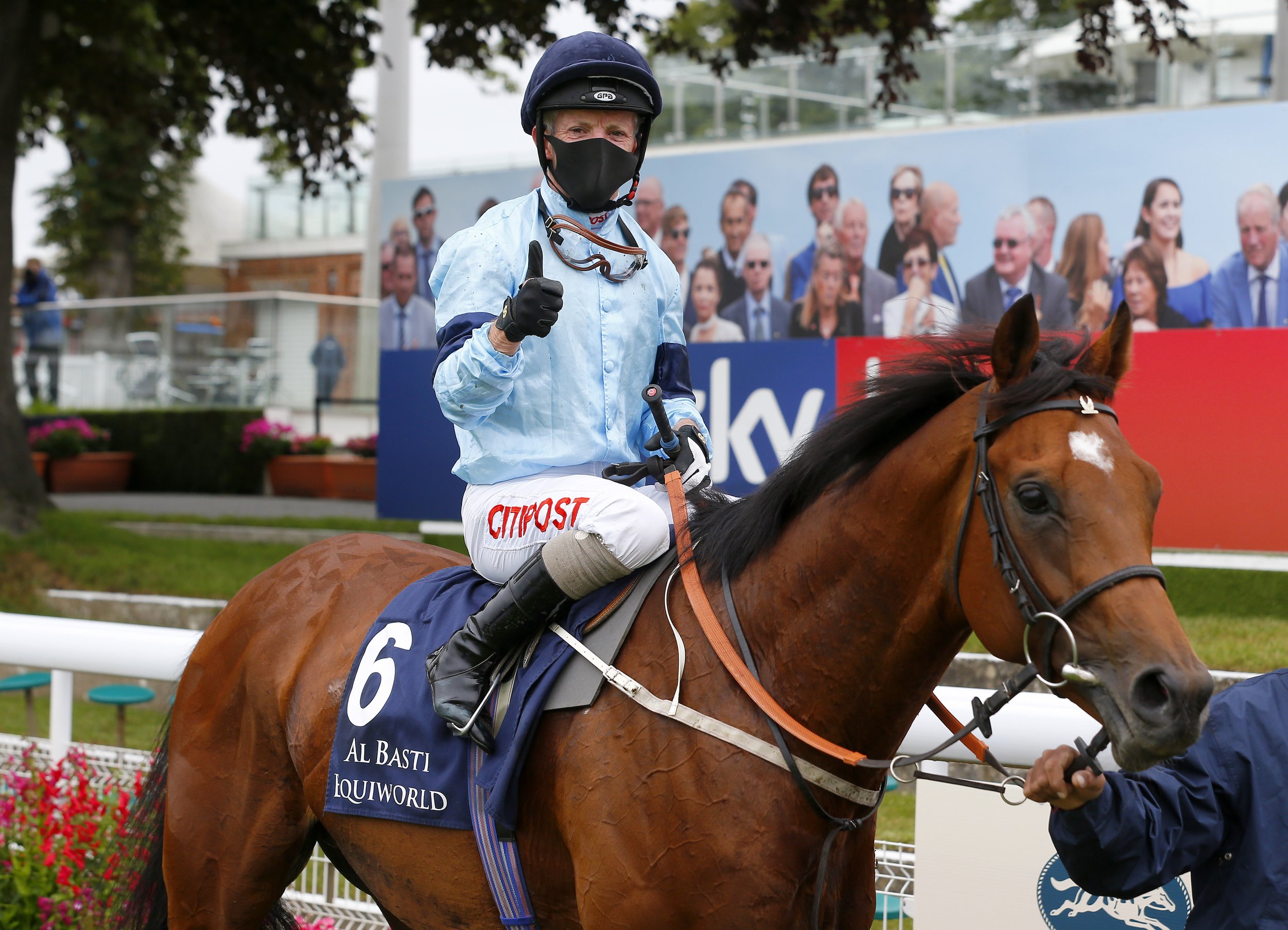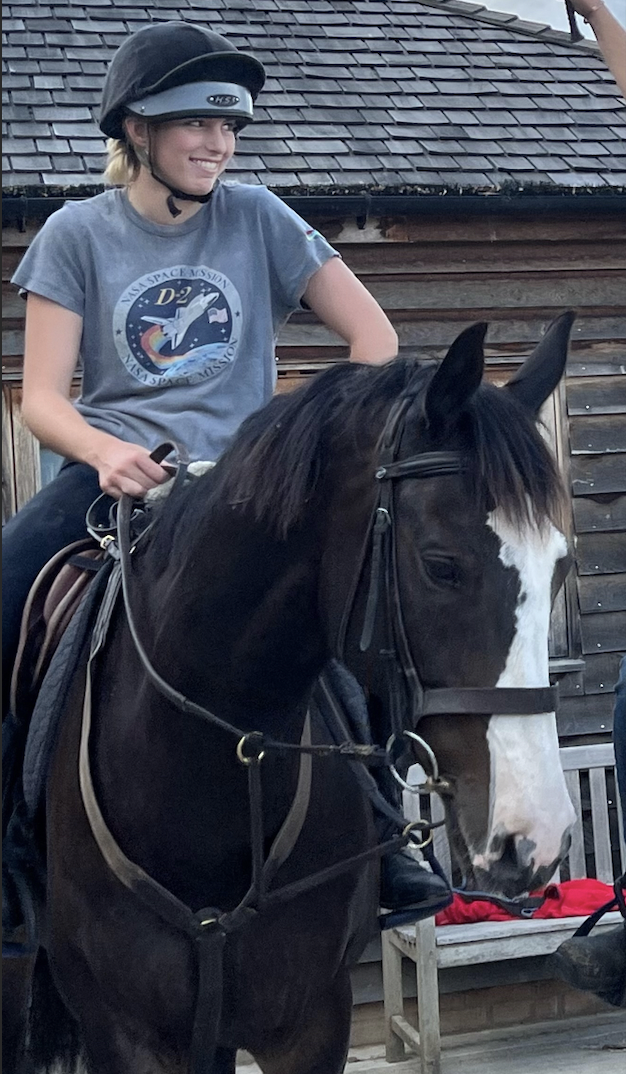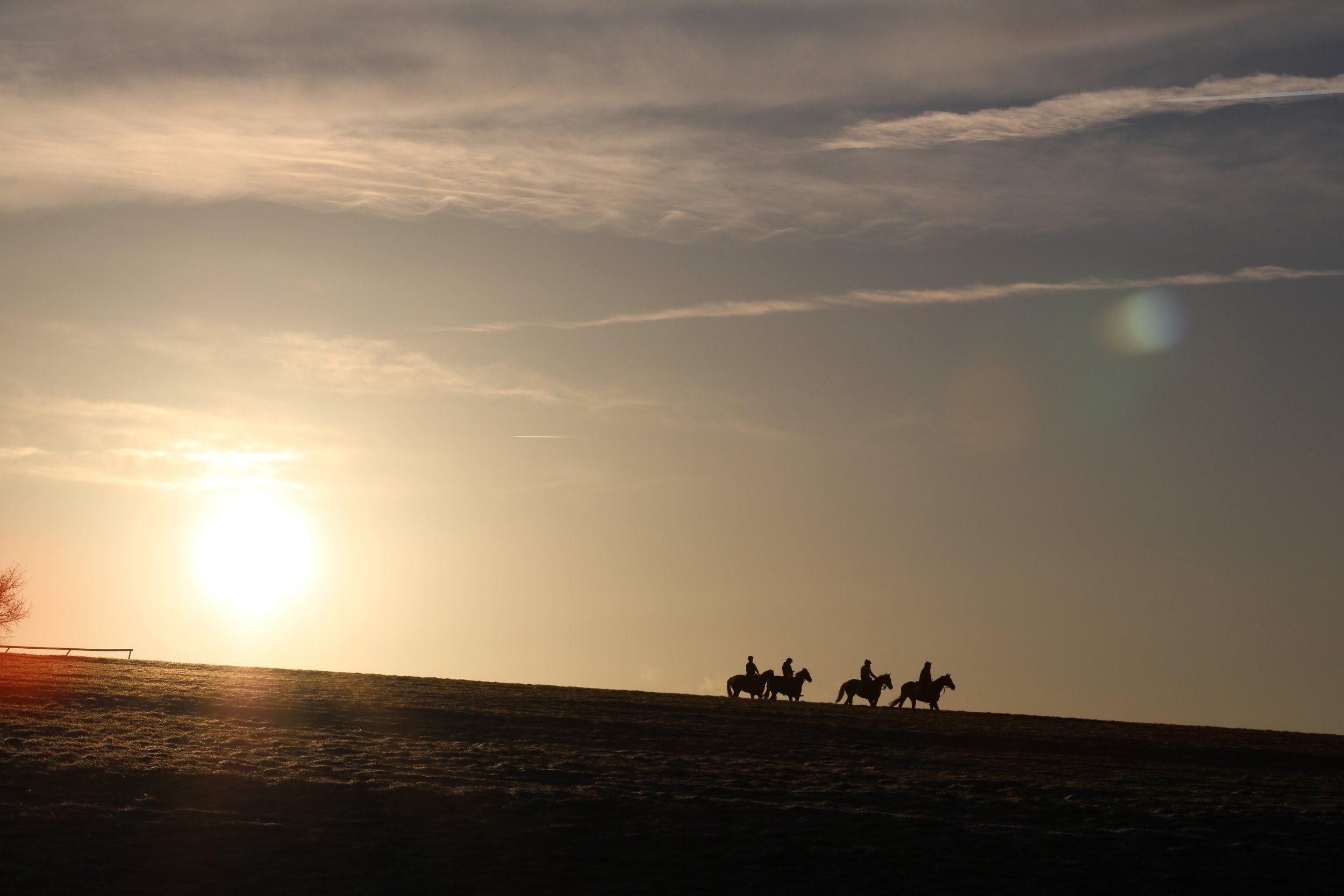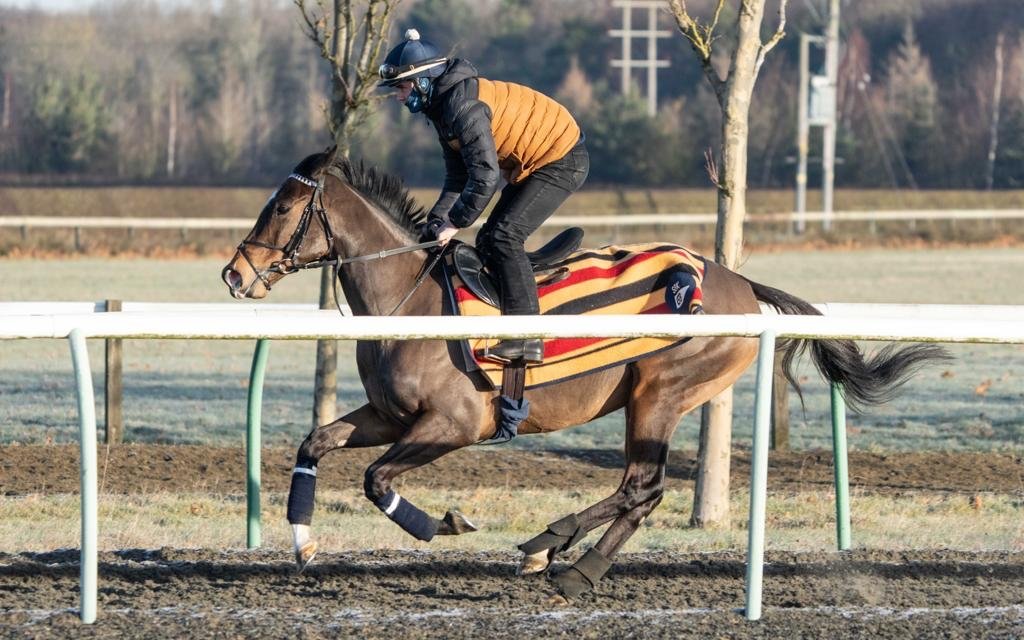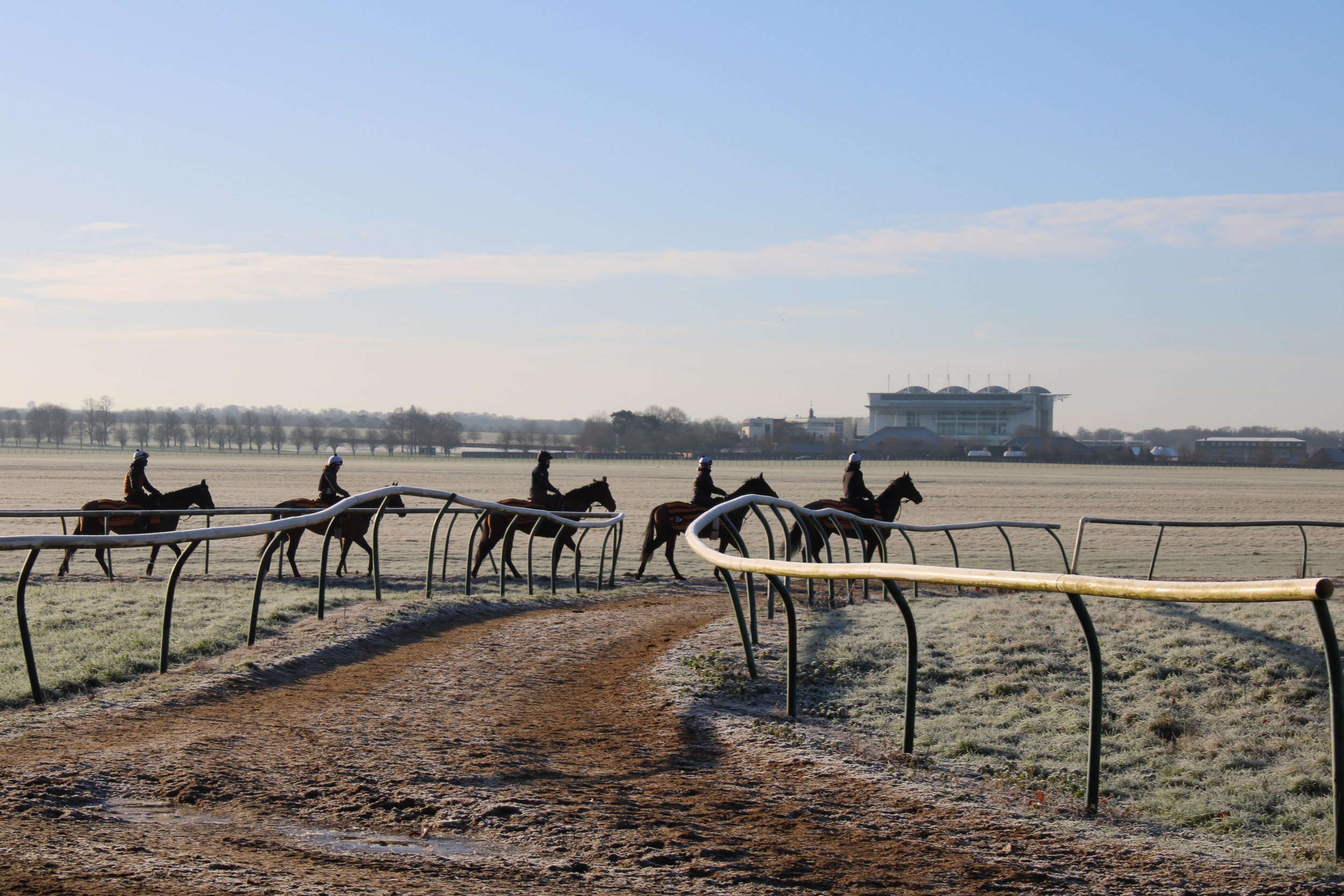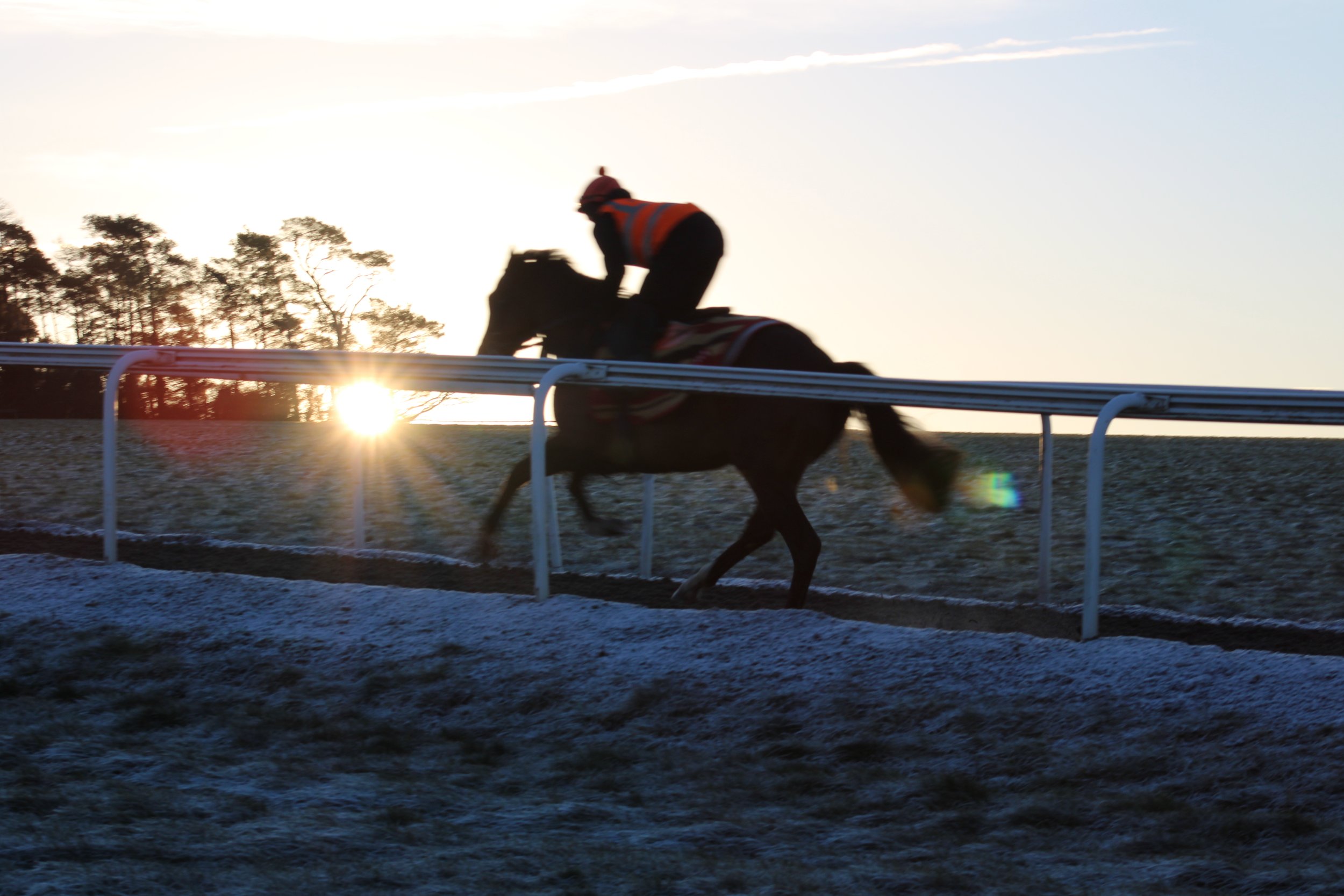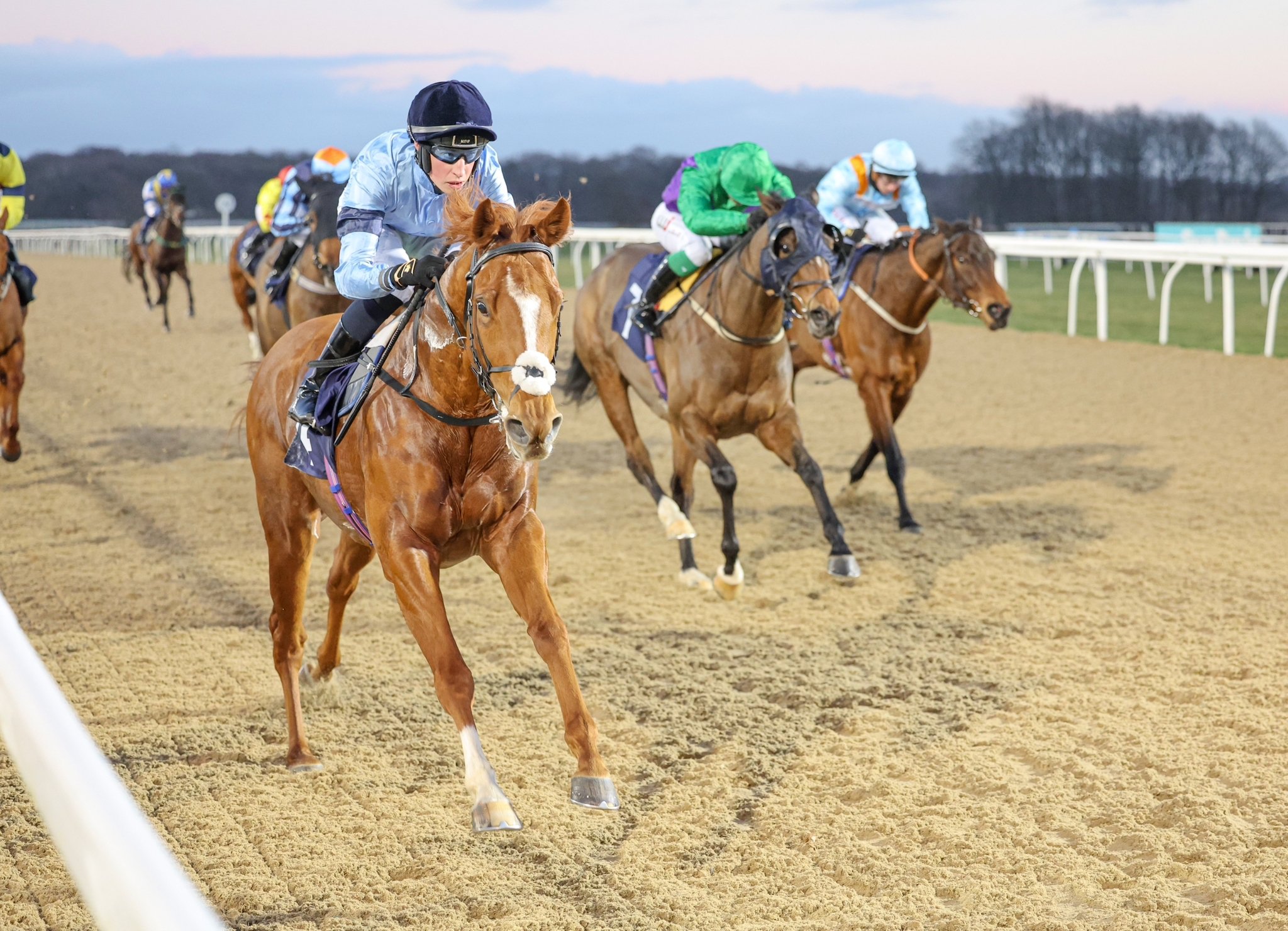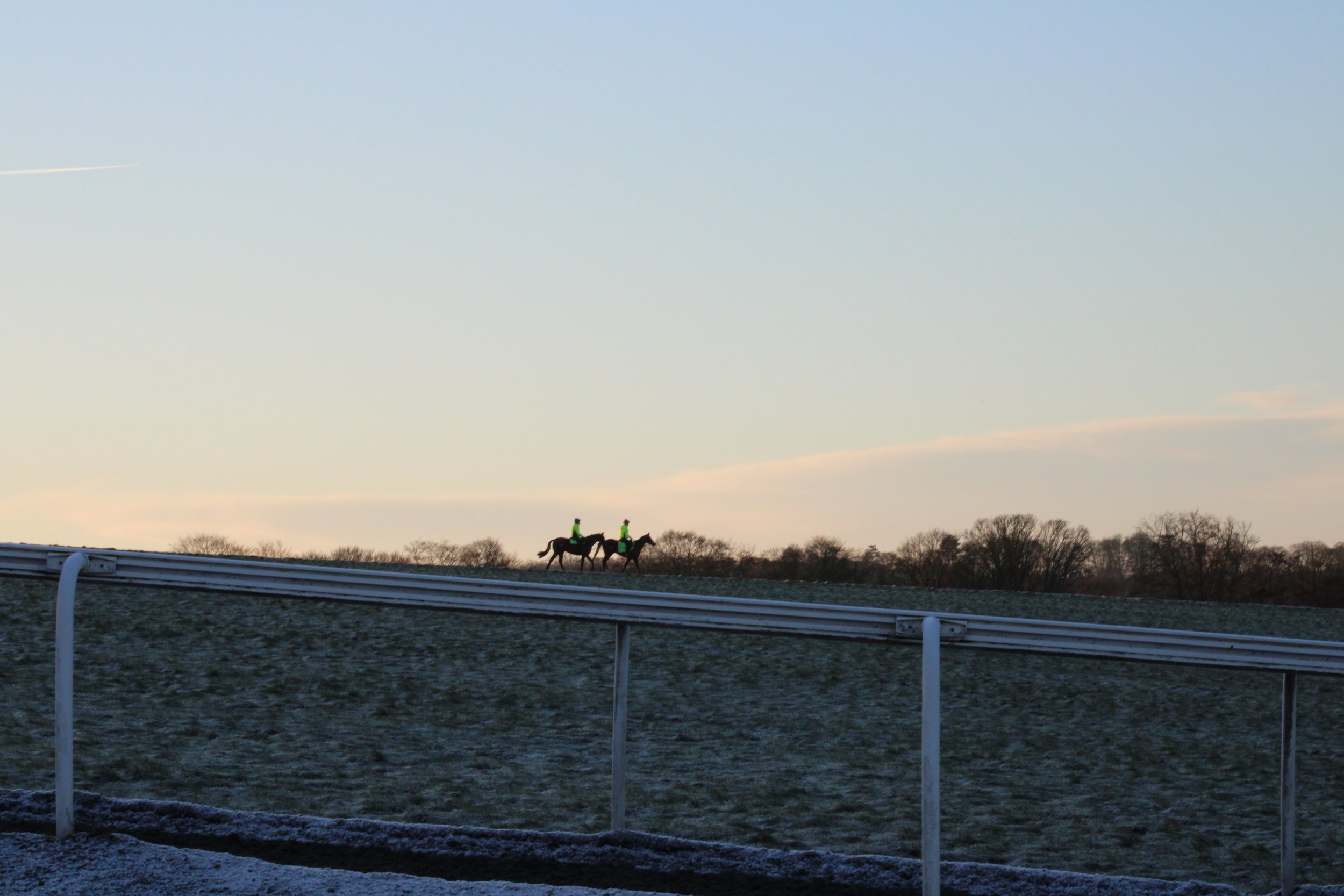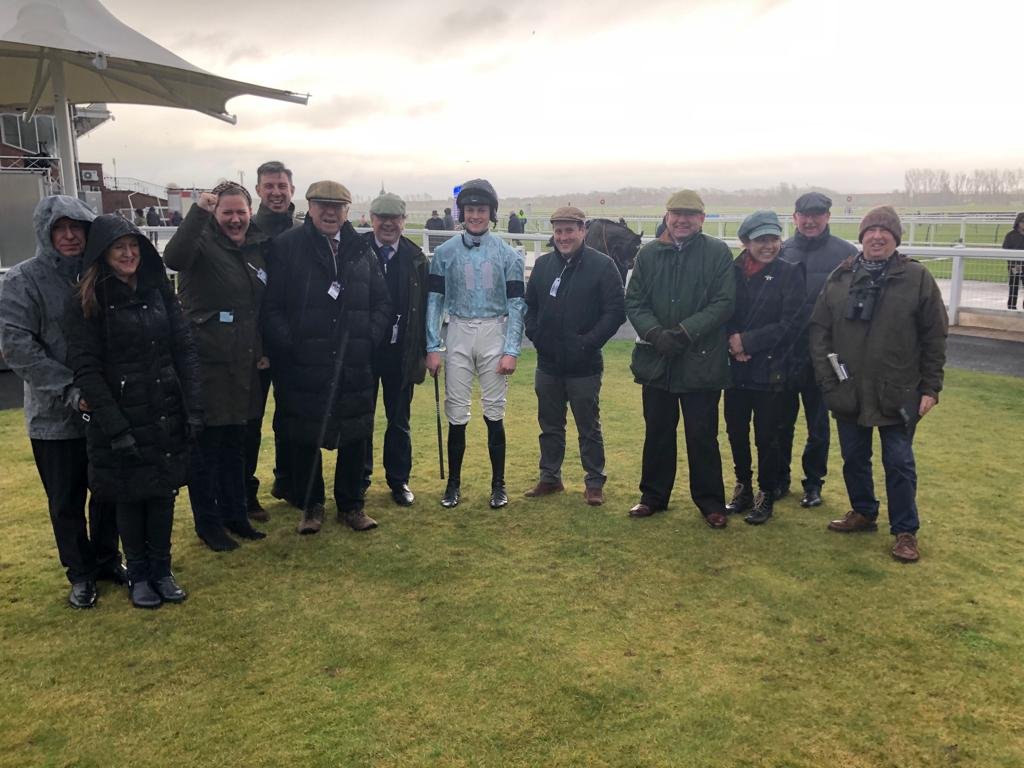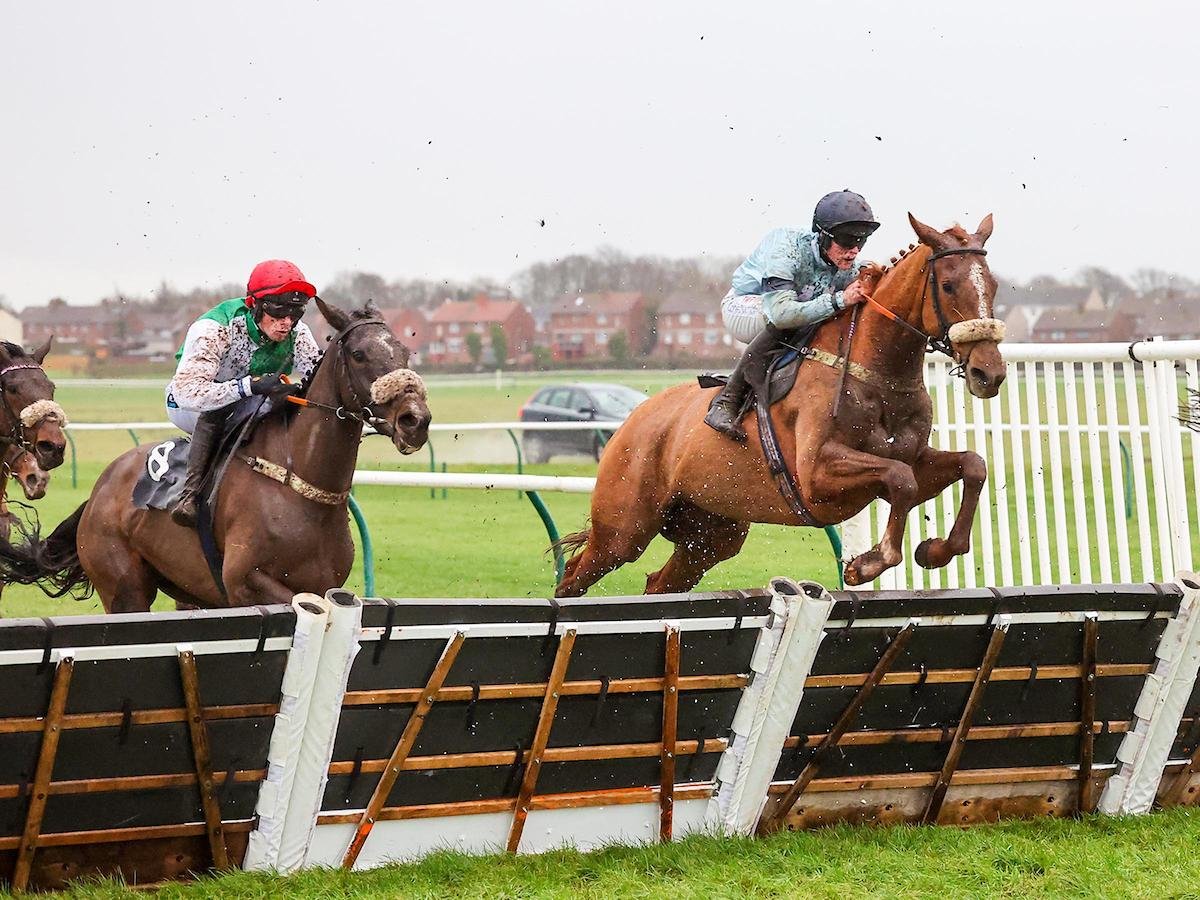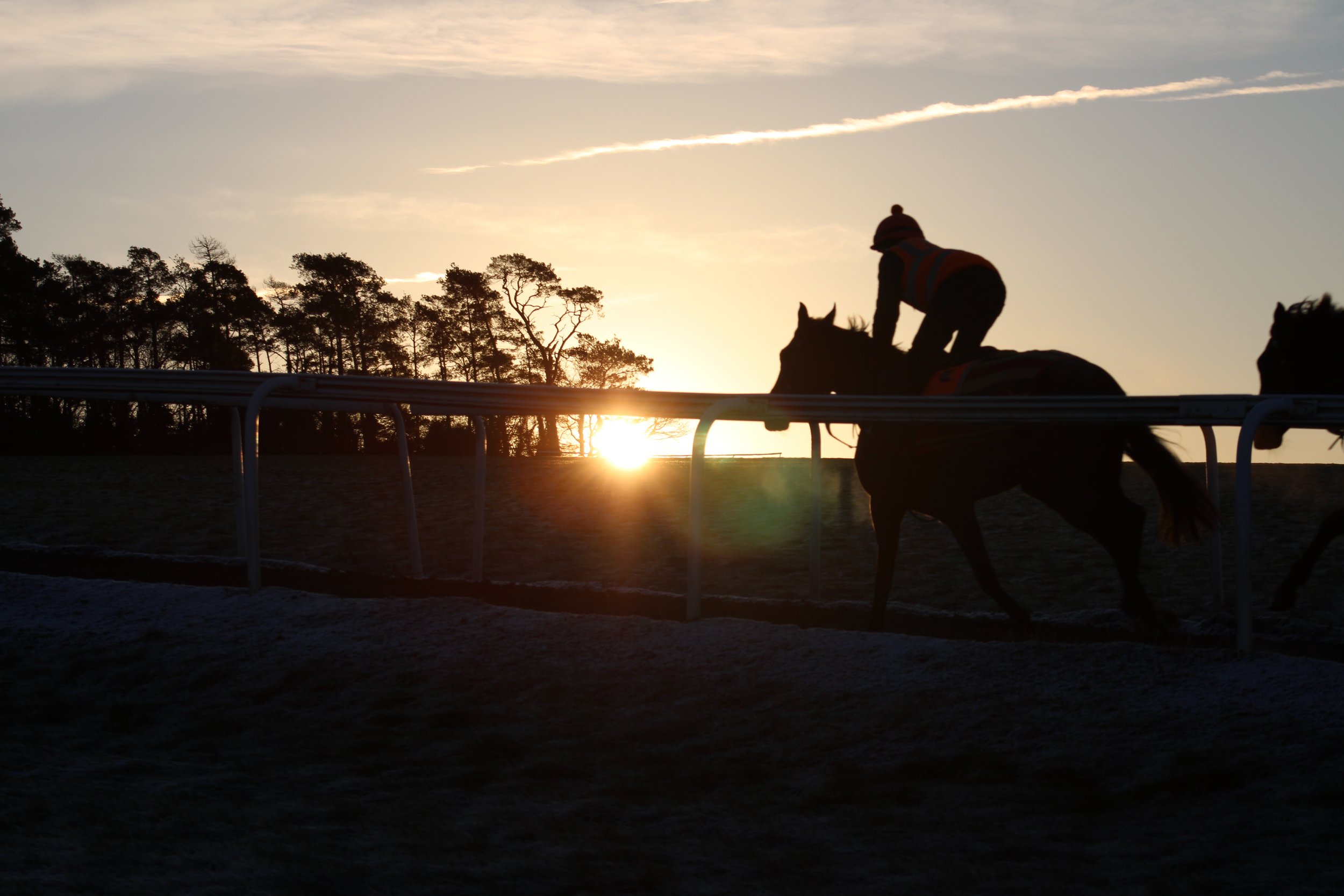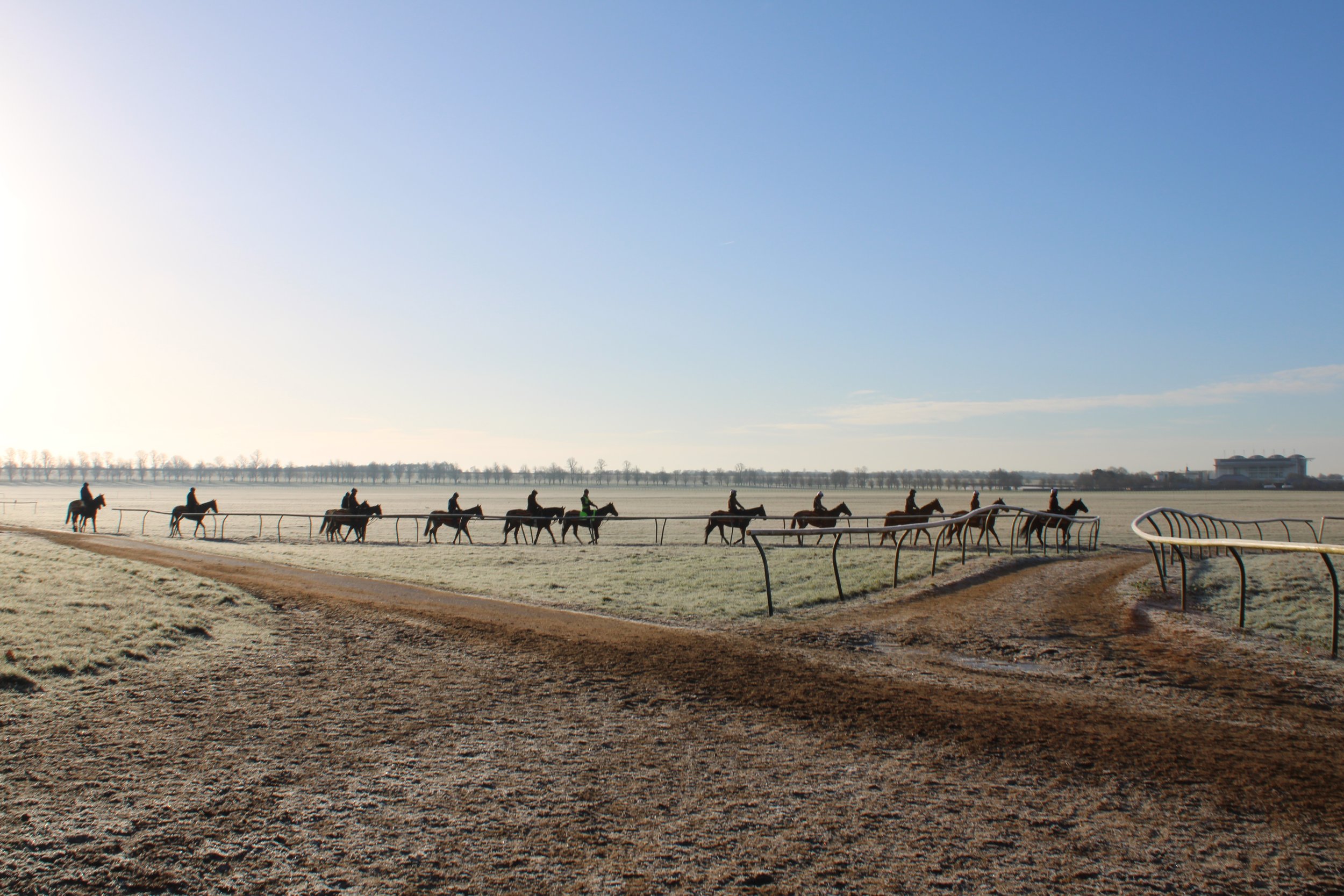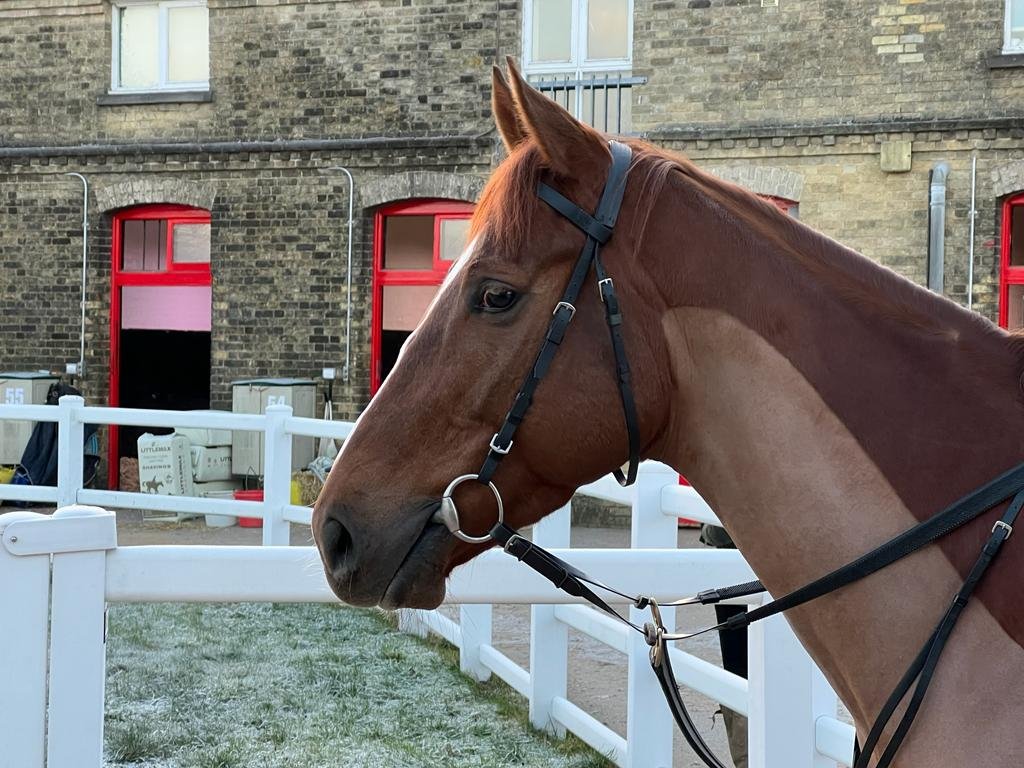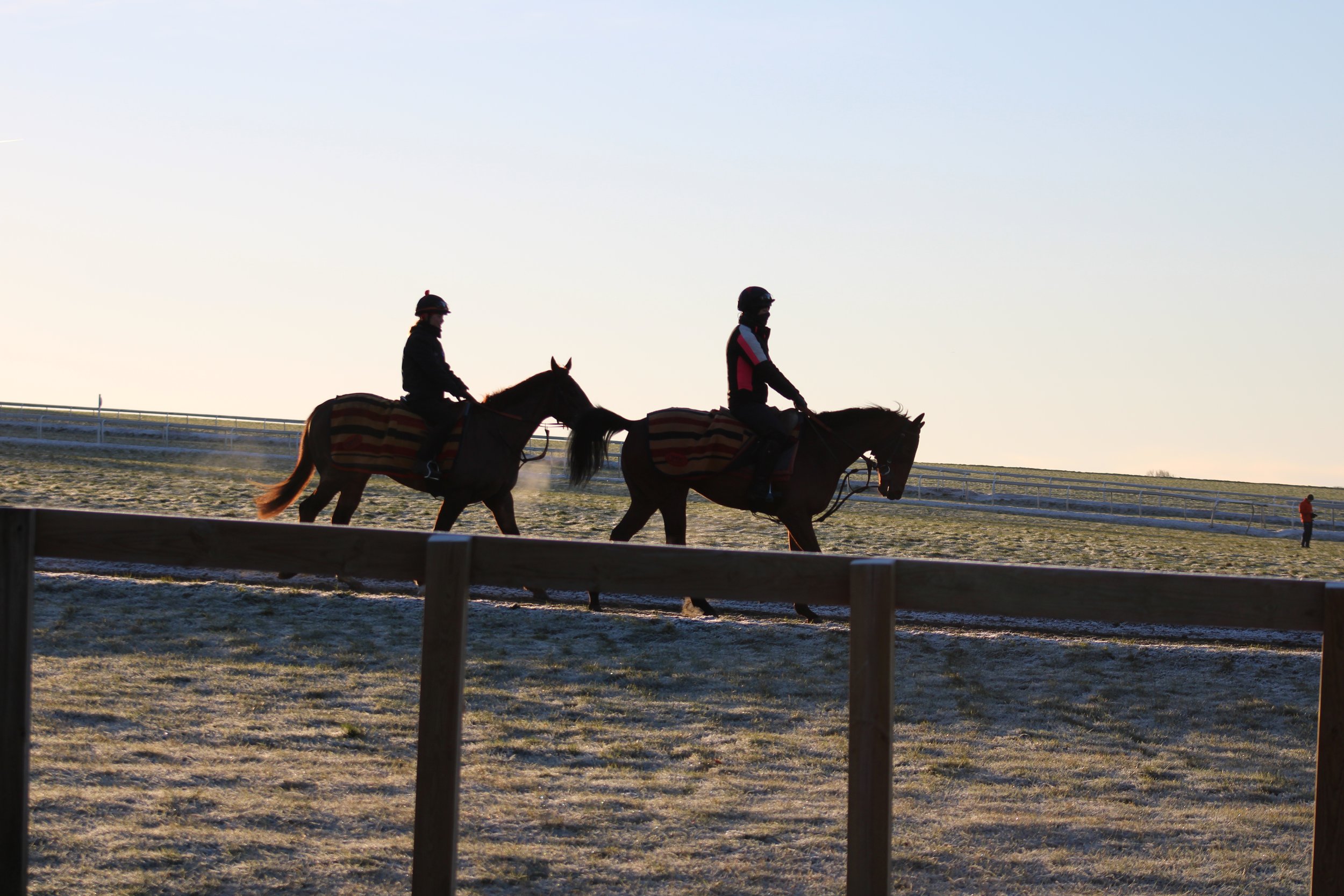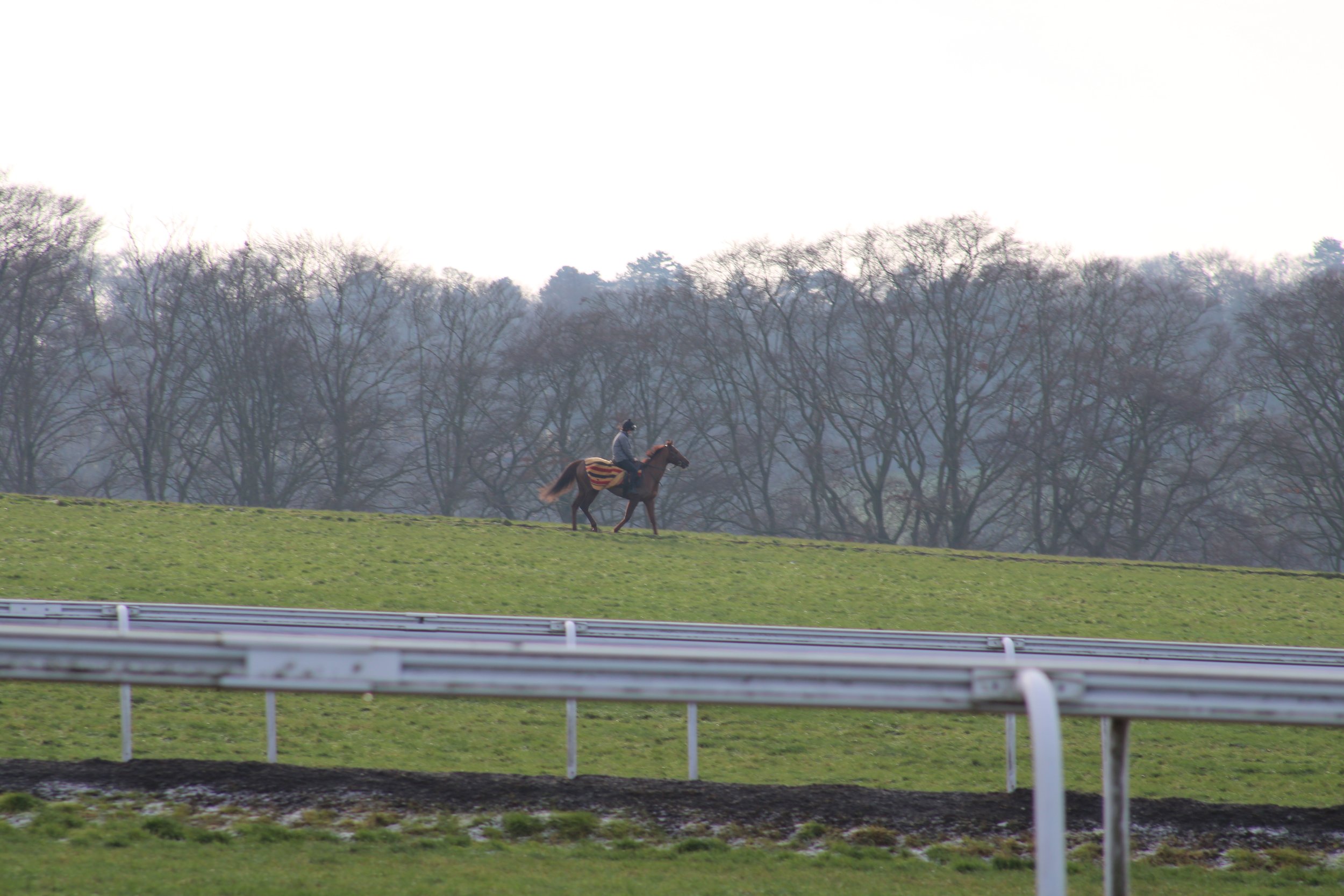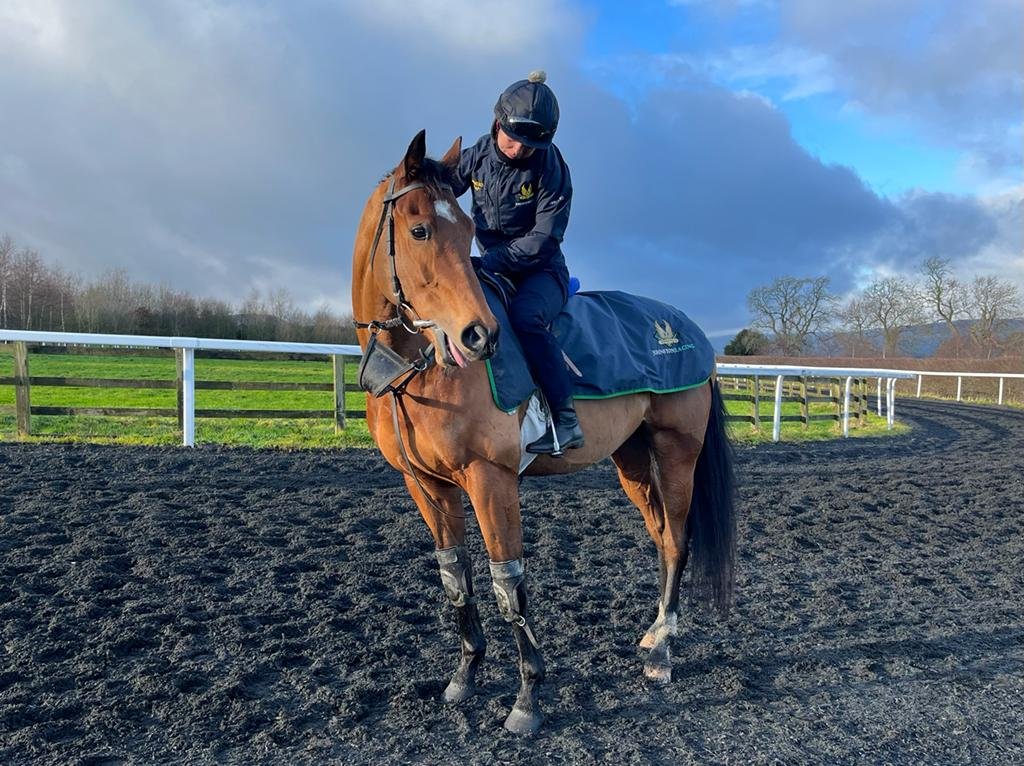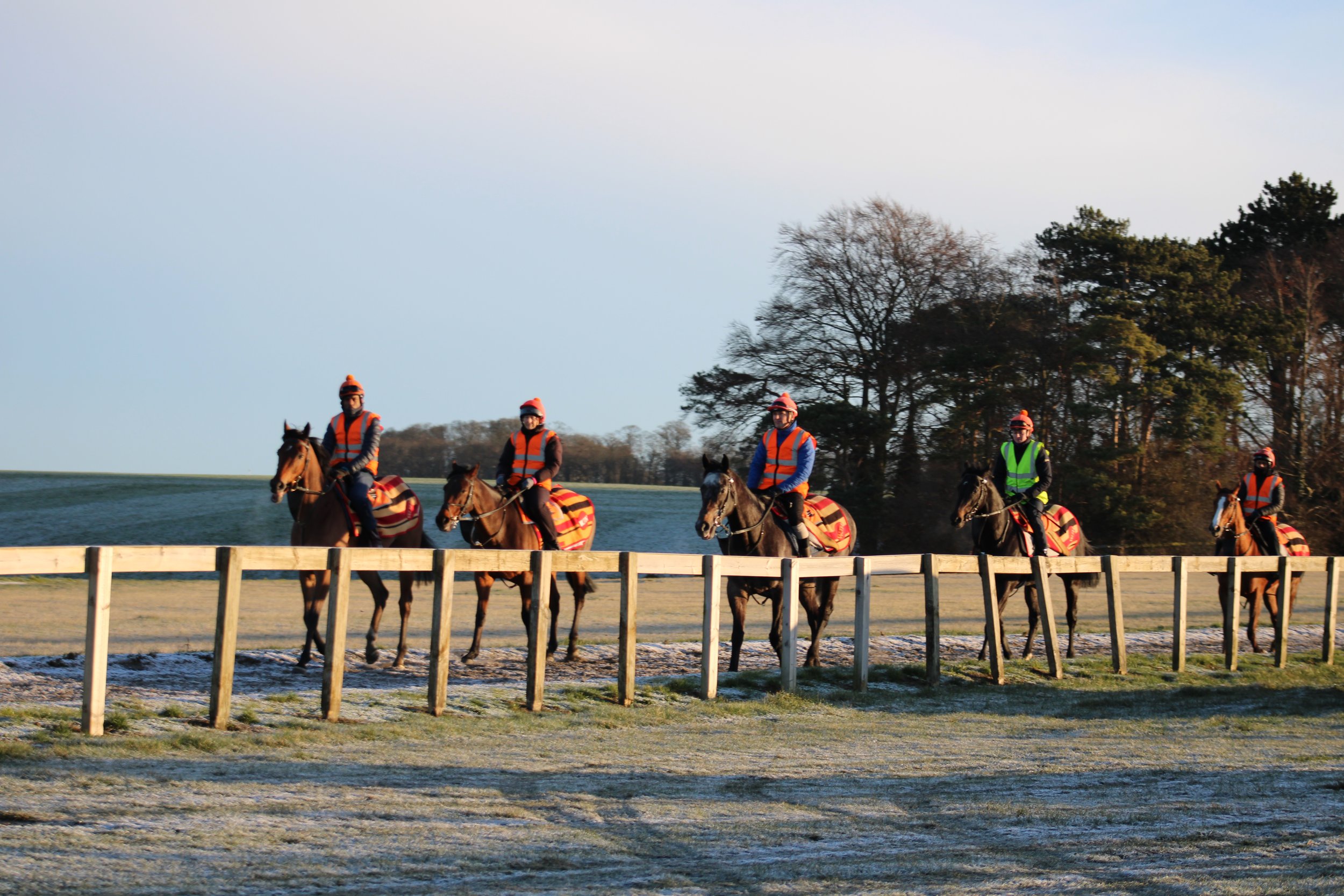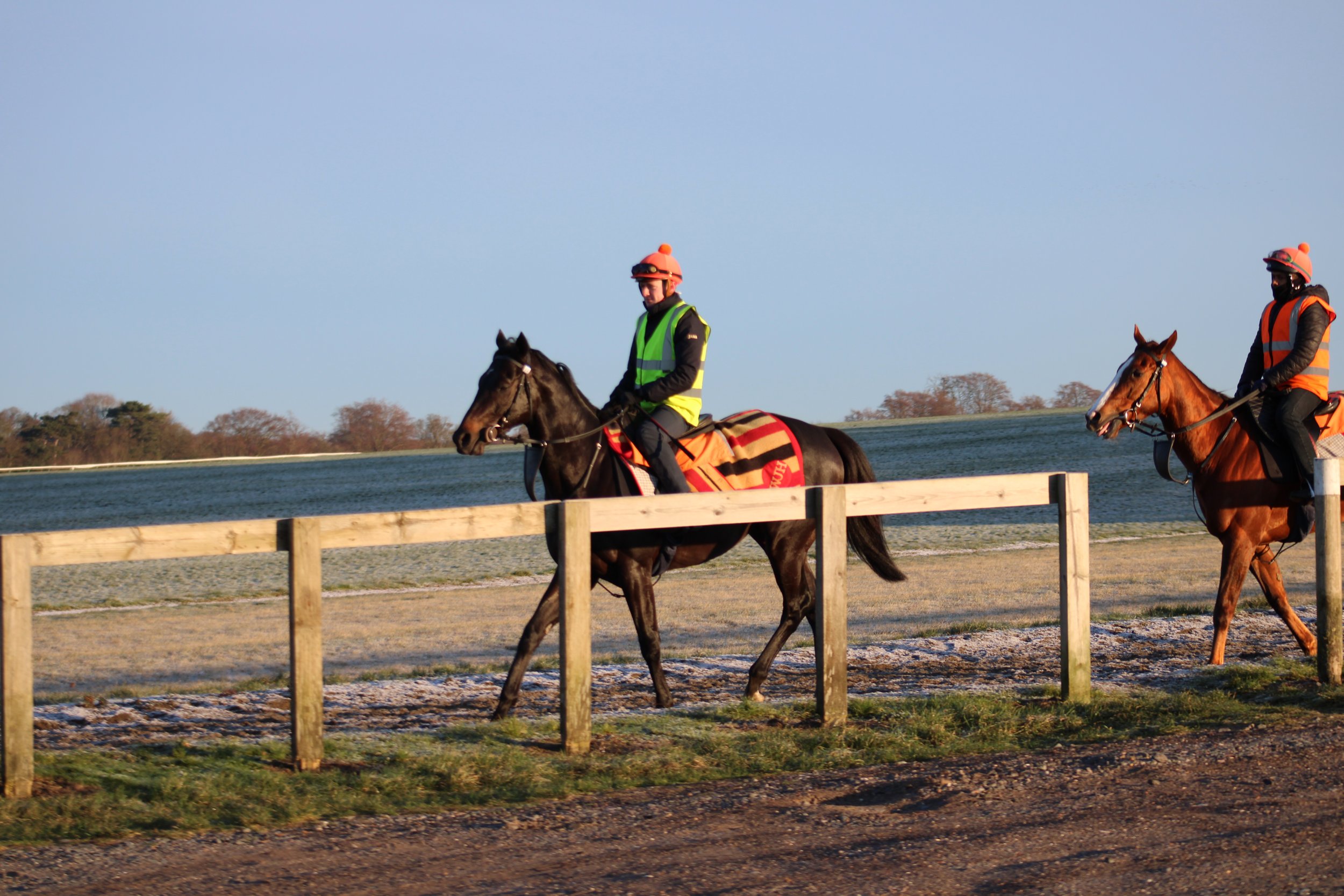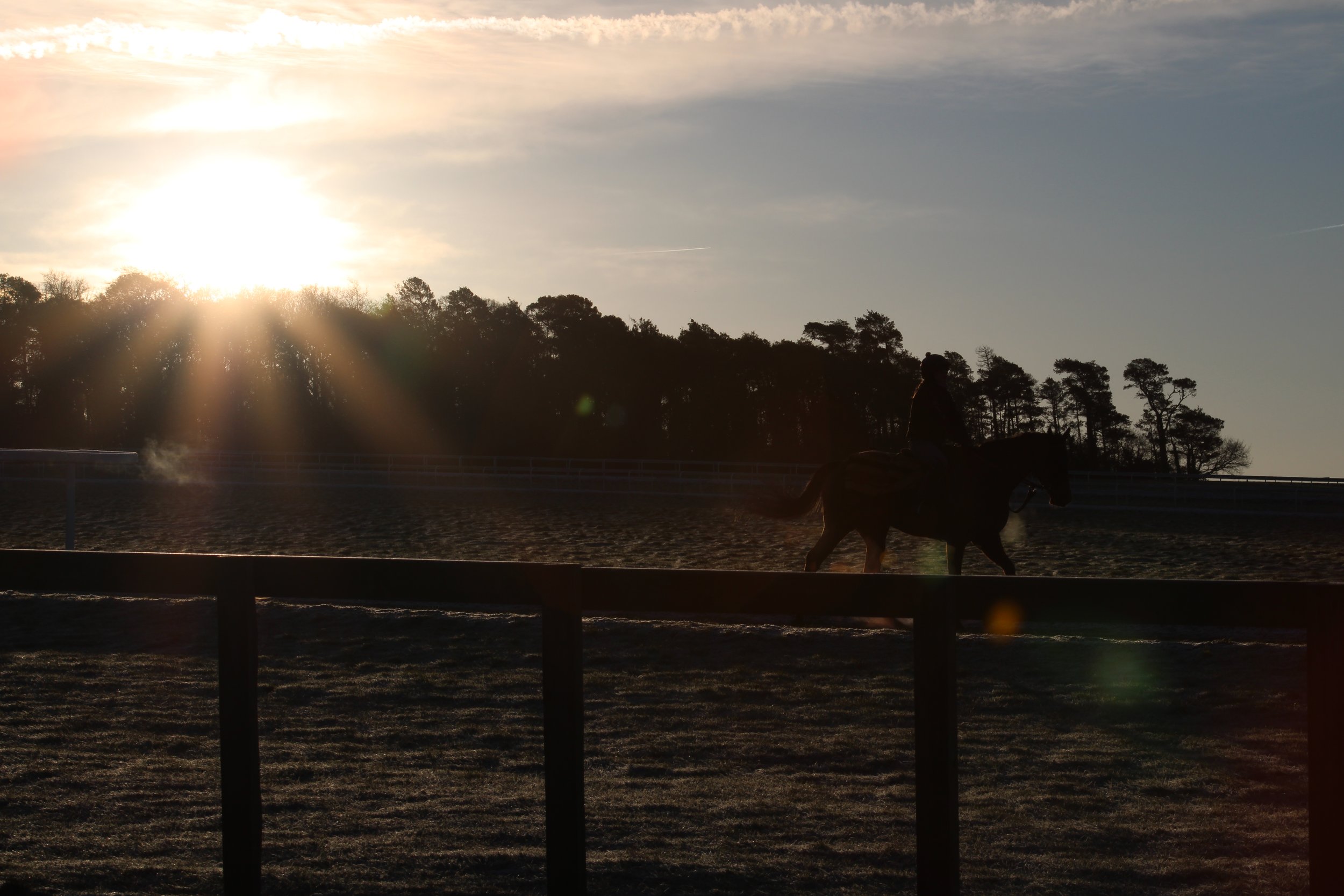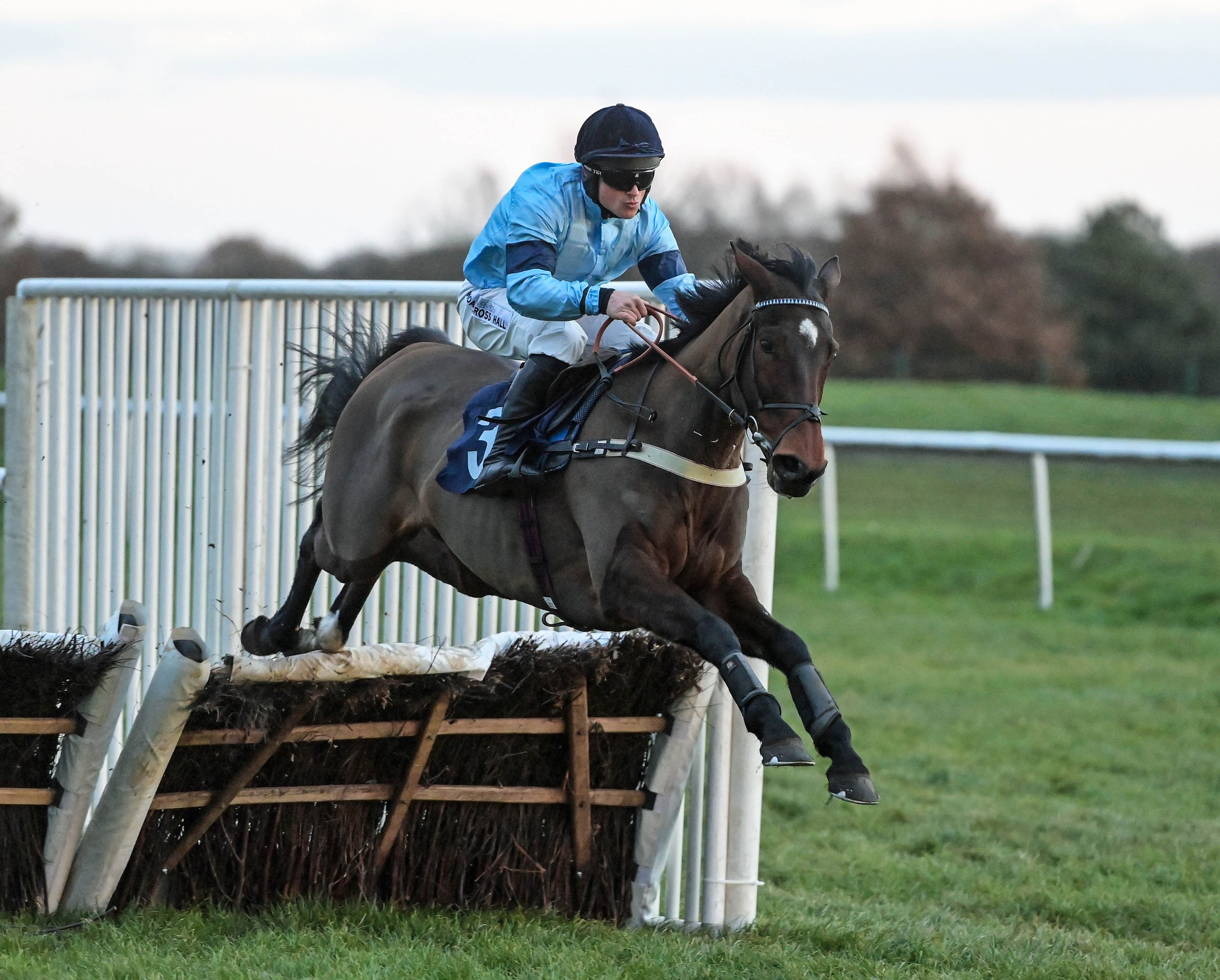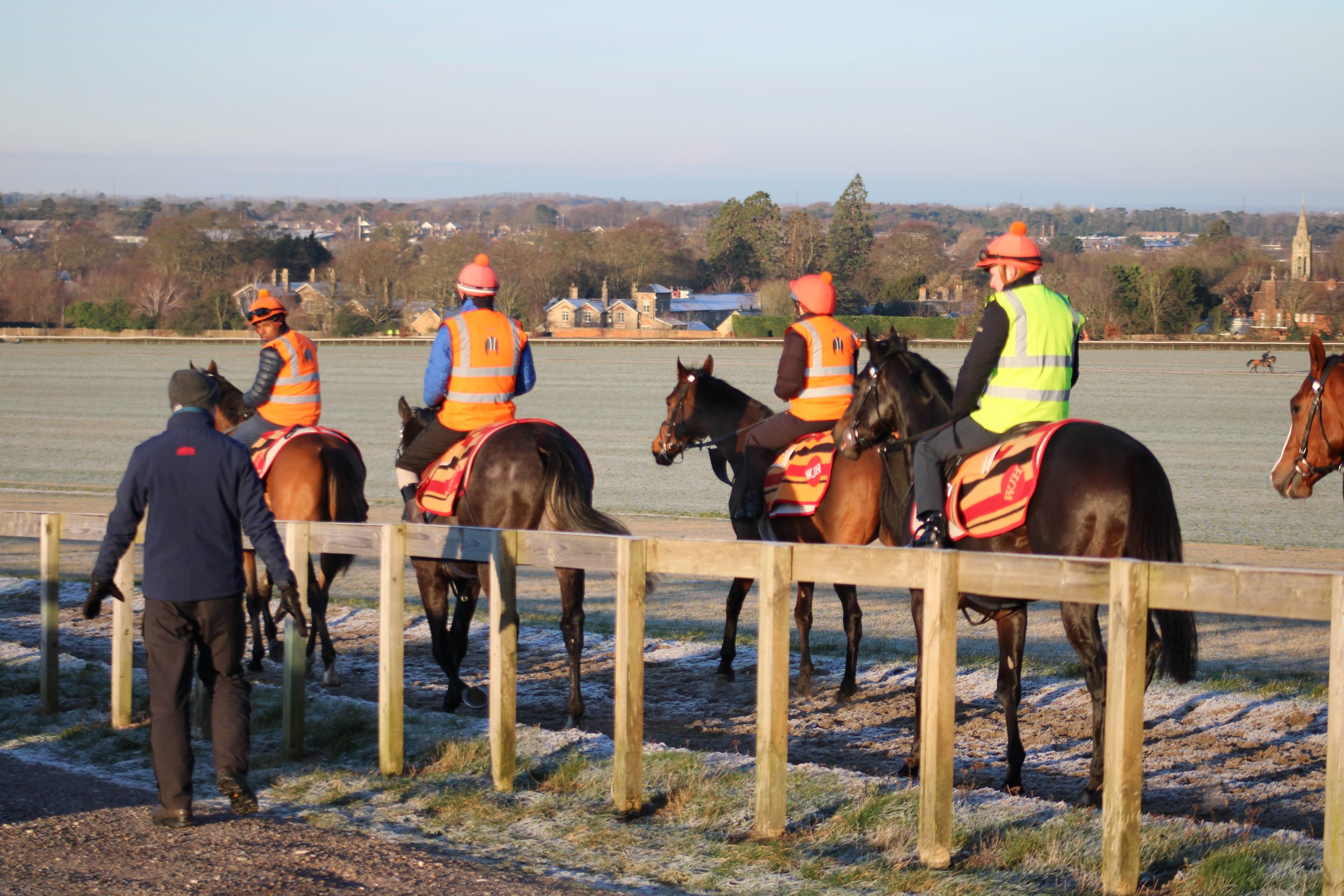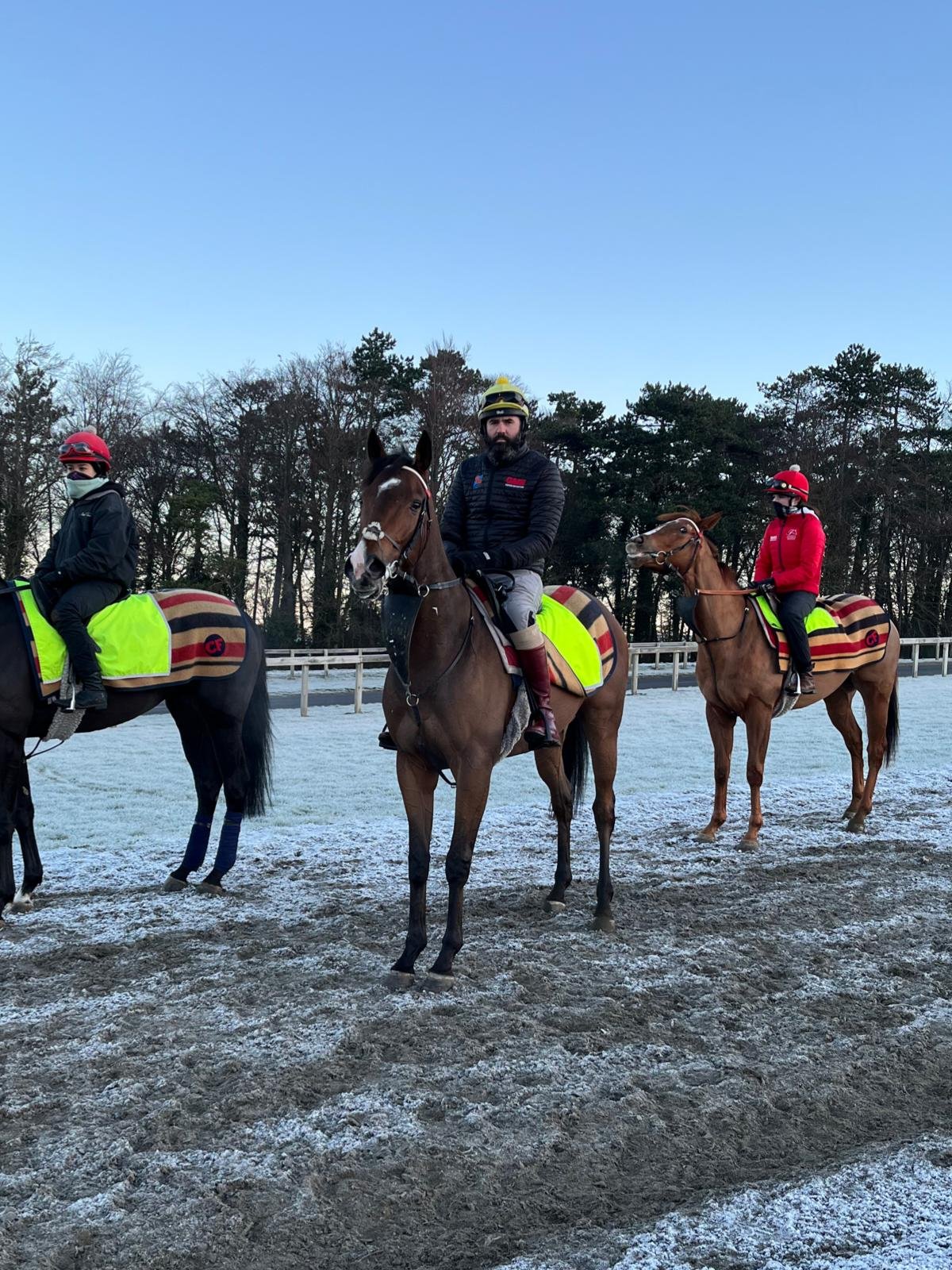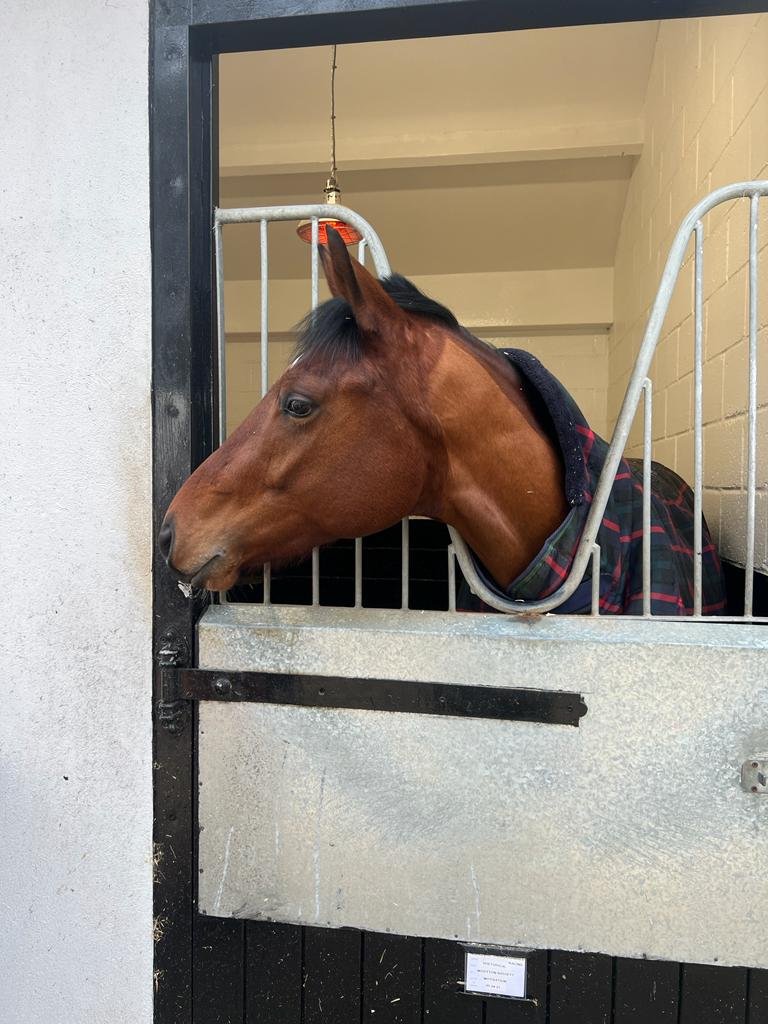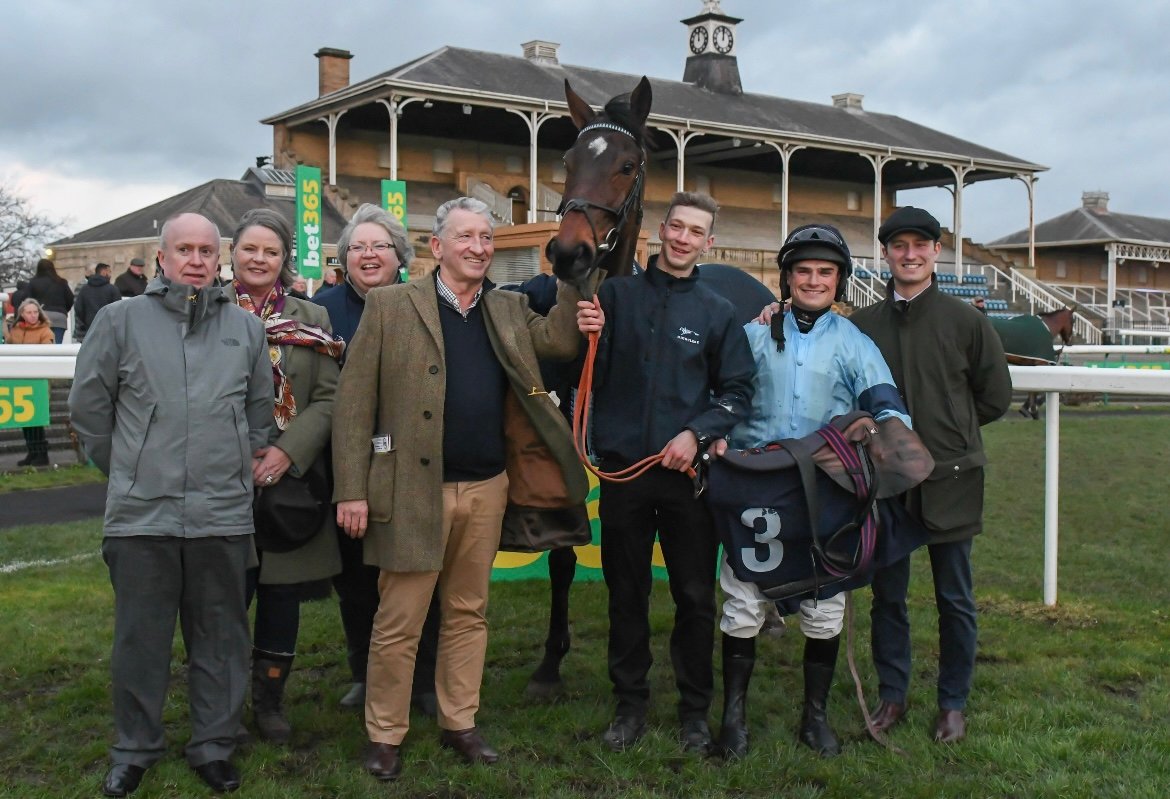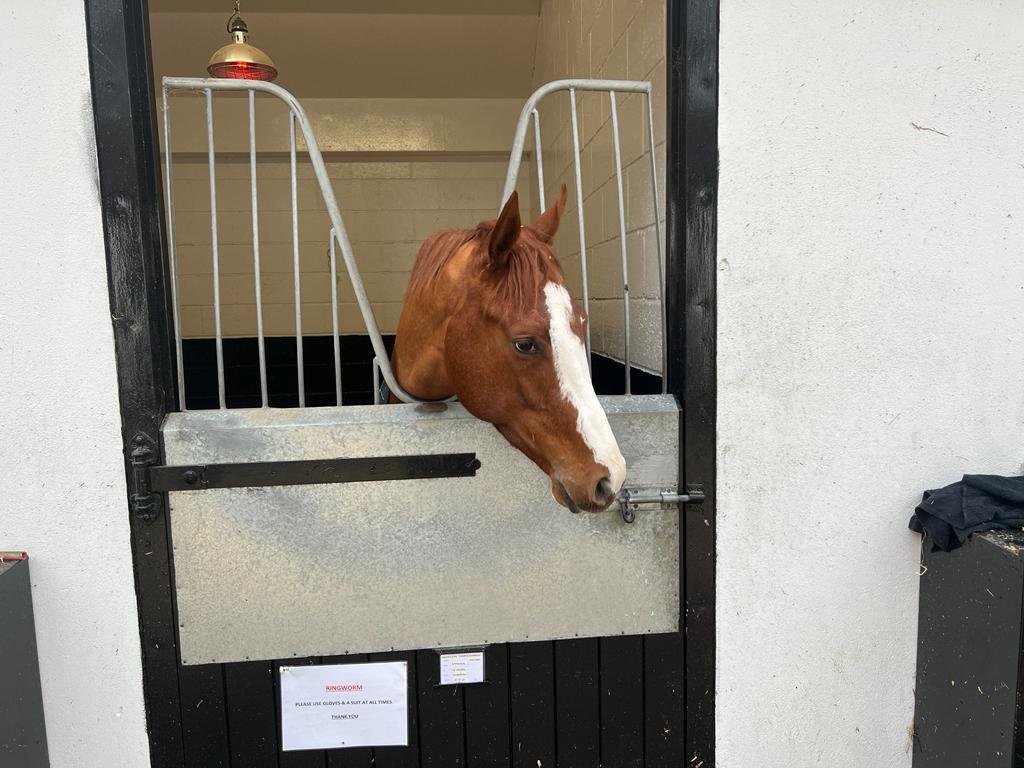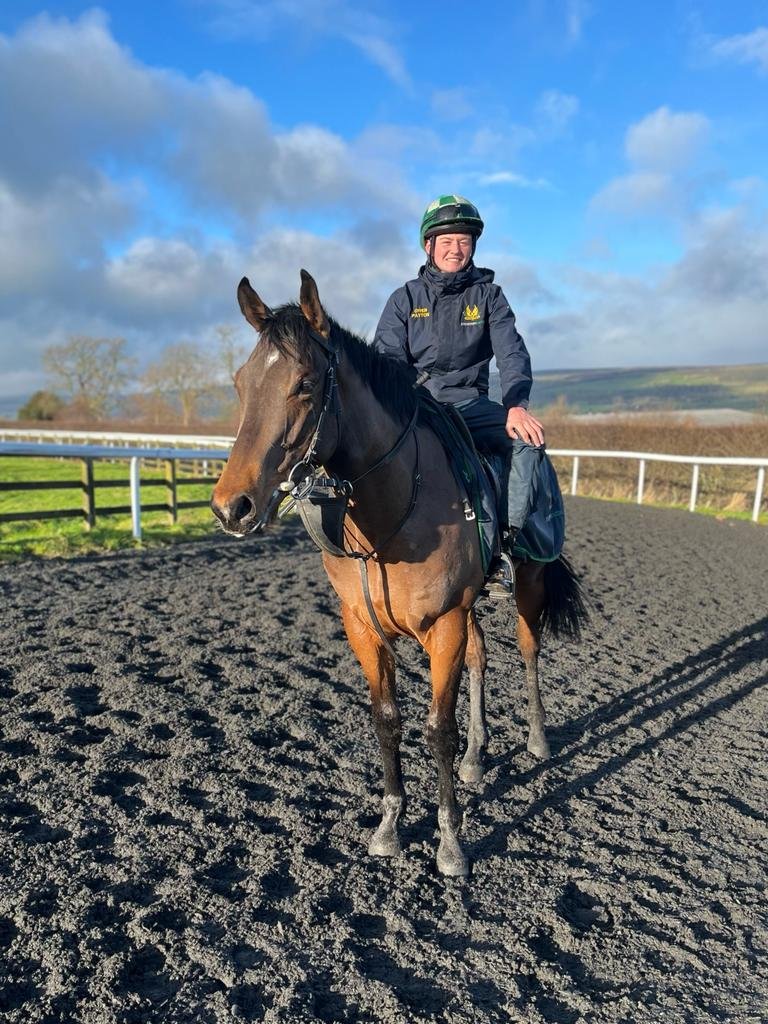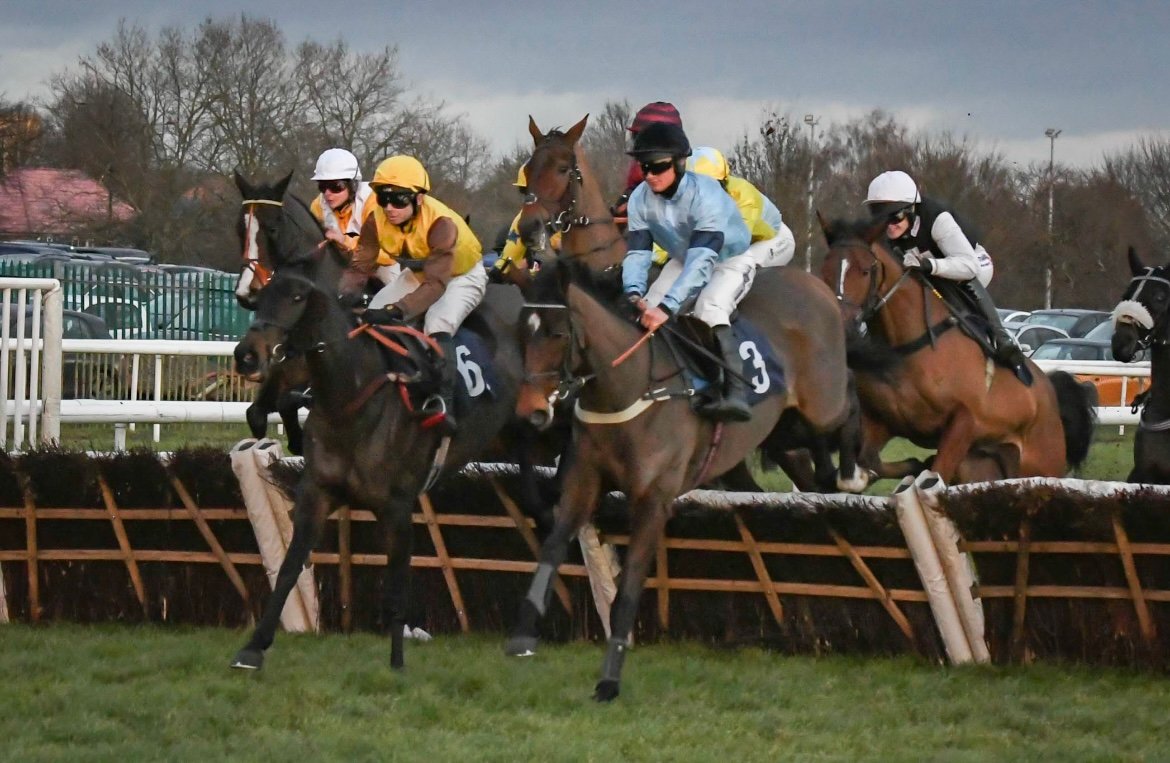JANUARY 2023
Warren Hill Newmarket
Happy New Year!
May I start by wishing you a very Happy New Year with much success for your horses in the months ahead. Clodagh and I have been away on holidays in Barbados for the past two weeks which was just what the doctor ordered! Having read all the updates though and watched the many videos I can’t tell you how excited I am as we head into the new year. The youngsters are doing so well as their careers begin to start in earnest but so far the feedback from the trainers has been highly encouraging. Also, seeing our star filly Cachet begin cantering exercise as George plans her four year old campaign is another sign that the turf flat season is not so far away!
I am delighted to welcome Emily Scott back to Highclere as Director of Racing. Emily has a wealth of experience previously with us and more recently with Amo Racing where she oversaw over one hundred horses for that highly successful new owner.
Despite the recent cold snap we have enjoyed a number of winners including Heretic who made all at Newcastle giving us our first flat winner of the season. Hopefully there will be many more to come!
If you haven’t already done so do book into the stable visits and even if you don’t have a horse with a particular trainer but would like to see their set up then feel free to take a look. There are a few two year olds with shares still available so take a look at our website and always don’t hesitate to ask any of the racing team about the horses. I would be very surprised if there wasn’t a black type horse or two amongst them.
Harry Herbert, Chairman
Emily Scott
Director of Racing
It will be the case that many of you know me well from my three and-a-bit years with Highclere from 2014-2017, but for those you who have joined the fold since then I thought it would be helpful to give you with a brief history of my involvement in horse racing and my career path to date. Hopefully both will break the ice when we do eventually meet and provide a little reassurance that your horses’ management is in safe hands!
The daughter of a racehorse trainer and a Thoroughbred breeder, some might say that a career in horse racing was inevitable, but interestingly neither of my brothers have pursued a life in the industry. My father, Alex Scott, trained multiple Group 1 winners in a tragically short career as a trainer and my mother, Julia, ran the stud they bought together for over 25 years following his premature death in 1994. She bred multiple Group winners, the most famous of which is probably Cotai Glory who went on to be Champion First Season Sire in 2021.
Cotai Glory
Having completed a Natural Sciences degree at Durham University I was fortunate to gain a place on the Godolphin Flying Start. This is a comprehensive International Thoroughbred Leadership Programme, which takes the twelve trainees to five countries in two years learning everything there is to know about racing and breeding around the world. I completed work placements with trainer Christophe Clement at Belmont Park in New York, the Hong Kong Jockey Club, the Dubai Racing Channel and finally Highclere Thoroughbred Racing. It was these four weeks that cemented my ambition to be a Racing Manager. Harry very kindly offered me a position to stay on as Assistant Racing Manager to Alison Begley and the following three years was a fantastic learning curve on how to manage horses, but more importantly owners.
I had spent many short stints in different racing yards, mainly to enjoy riding out, but I knew I needed to gain a thorough understanding of how top-class horses were trained and managed through the inevitable series of injuries and setbacks they encounter. This led to a move to Newmarket to join Roger Varian’s stable as Communications Manager. Roger has trained a plethora of top-class horses, but the one that I took the most pleasure in was Zabeel Prince (pictured), who I partnered every morning in the spring of 2019 when he went on to win the Group 1 Prix d’Ispahan at Longchamp. Riding out racehorses is always exciting, but it is especially exhilarating when you ride a horse with the necessary class to excel at Group level.
Zabeel Prince
After three years at Varian Stable, I returned to the Lambourn-area to spend a winter riding out for Nicky Henderson before a chance meeting with Amo Racing’s founder Kia Joorabchian led to me securing the role as his Racing Manger. Amo Racing’s growing operation expanded from 75 horses when I started to 175 when I left. He enjoyed enormous success with two-year-olds, but also had Mojo Star fly the flag at middle distances, finishing second in the Derby, the St Leger (pictured) and the Ascot Gold Cup. Once again, I had to learn quickly in this role and got the opportunity to strengthen the relationships I already had with trainers from my time at Highclere.
Mojo Star
I am really thrilled to be back on the Highclere team, and I look forward to working with such a fantastic string of horses. Let’s hope that they can provide you with some exciting days in the months and years ahead.
Hunting an ex-Nicky Henderson horse who I retrained in 2021
On The Track
Heretic and Owners at Newcastle
By Emily Scott
The weather continues to cause havoc with the 2022/23 National Hunt season. Record temperatures in the summer and a dry autumn meant that the ground took forever to get to safe ‘jumping ground’ and then two spells of sub zero temperatures have put paid to many race meetings, including two significant fixtures at Ascot. All this means that we’ve had a quiet time with the Highclere jumpers, but thankfully we’ve had three winners to celebrate in the last month from just seven runners.
Restitution made the handicapper look silly for dropping him a pound with an emphatic 12length win at Doncaster just after Christmas. Those who kept the faith in this improving son of Frankel were rewarded at odds of 14/1. Conditional jockey Alexander Thorne kept him prominent in a steadily run ‘boys race’ and saved ground the whole way round on the inside rail. The horse jumped like a buck and as soon as Alex gave him some length of rein in the straight, he extended away from the field with ease. He has been given an entry in the valuable Betfair Hurdle, but even though he was raised 11lbs to a mark of 127 he would need 12 horses to come out above him to get a run. Either way he is a progressive hurdler who should relish good ground later in the season.
Restitution
Horacio Apple’s broke his maiden on only his third start over hurdles in a Conditional Jockeys’ Novice Handicap Hurdle at Ayr. He was partnered by stable jockey Toby Wynne who gave him a lovely patient ride and produced him when it mattered. The heavy ground didn’t seem to inconvenience him at all and he clearly had plenty left in the tank as he idled up the run in. He has probably done himself a favour by not winning too easily and was subsequently raised 3lbs to 106; he is a fine big stamp of a horse who is hopefully still well ahead of the handicapper. It goes without saying that his jumping is a great asset, and he will no doubt improve for a fence next season.
Horacio Apple’s
Our only runner on the flat this month has been a winner, and it might have been two from two if Ramensky had been able to line up in a weak race William found for him at Southwell, alas he had a sore foot the morning of the race so wasn’t able to run. It was Heretic that provided great excitement when breaking his maiden in good style at Newcastle under a brilliant pace-setting ride from Ross Coakley. Heretic drifted before the off, but that market negativity proved ill-judged, and he dominated the race from start to finish. This was his first start in handicap company and the handicapper has taken note, raising him 5lbs to 69. He now heads to the Tattersalls February Sale where hopefully his recent exploits on the track will make him an attractive prospect for potential buyers.
Heretic
Rolf’s Rambling’s
By Rolf Johnson
ADMIRAL ROUS - HARBINGER OF MODERN RACING
The handicapper is always right – until he’s wrong and then he can refer to the life’s work of a man dead for 150 years, Admiral Rous (1795-1877), anointed ‘Dictator of the Turf’ who formulated the principles including the weight-for-age scale on which handicapping racehorses is based. Yet Rous insisted: “Handicaps are a boon to bad horses with no other prospect of success”.
Such contradictions permeate racing. In this, the first of two discursive reflections on handicapping, Rous’s work, as revered today as it was during his time of omnipotence, will be referenced.
The second part will involve contemporary observations on handicapping – including whether current practices would have Rous spinning in his grave.
Admiral Rous held inflexible and rarely questioned opinions. Before taking up the position of official handicapper in 1855 he would bet – if in a minute way for his time: he bred and raced horses and managed those of the Duke of Bedford – not very successfully. His industry and insight elevated him above contemporaries despite the old salt’s hegemony becoming increasingly vinegary, vehement and intransigent: in his defence racing was struggling to come to terms with the demands of the Industrial Revolution. Owners and trainers had to cease clouting their jockeys! Rous’s reputation has stood the test of time and his masterful handling of Jockey Club finances ensured Newmarket Heath’s historic position at the heart of the racing world.
Phil Bull (1910-89) founder of Timeform, relying on speed figures and the assistance of his amanuensis Dick Whitford, matched Rous for reputation on handicapping, even committing the ‘heresy’ of altering Rous’s weight for age scale to take account of development in the thoroughbred. Rous himself maintained that during his lifetime the racehorse had continued to improve and the value of a good horse quadrupled during his reign. Bull, though he never approached Rous’s commanding position in racing’s hierarchy, had similar certainty about his own judgement. “I am sufficient of an egotist (or conceited enough if you like) to believe my judgement is, in the main, sound and I am certainly not going to creep about in an atmosphere of vague indecision (usually taken for modesty) in the vain hope of concealing my fallibility.”
Rous never quite expressed himself with such erudition but his force of personality and the infinite pains he took established a unique eminence. The two men shared the trait of irascibility, a constant among those who attempt to define the racehorse in terms of figures. And in common neither quelled racing’s constant Internecine warfare. Even Punch magazine and Dickens, contemporary to the Admiral, were hardly in the same scatological league as his detractors; public hangings and deadly duels, including those provoked by racing matters, were still commonplace.
The Sporting Magazine published their own letter after yet another of the Admiral’s retractions, invariably published in The Times. “There will be a perpetual entry in the table of contents (to his life) ‘He apologizes again’.” Towards the end of his reign he nodded – mistaking a German invader in the 42-runner 1870 Cambridgeshire for a horse of the same name, Adonis, trained at Epsom. It won in a canter; likewise Silvanus, ‘handed’ the 1872 Cesarewitch by his allotment of 5st-7lb – exploited by a tyro Fred Archer. On the other hand he might have handicapped a dead-heat for the most famous match (mid-century they proliferated) of his or any other day – 1851, The Flying Dutchman against the year younger four-year-old Voltigeur, setting the latter to receive 8 1/2lb over two miles in May (today the weight for age would be 4lb). But Voltigeur’s jockey Flatman dropped his whip confirming Rous’s opinion of jockeys that “any man who follows the advice of his jockey is sure to be ruined.”
Rous’s contemporary, William Henry Day (1823-1908) of the Danebury, Hampshire dynasty which eventually begat Lester Piggott, was a critical admirer – and as much can be said of much of the tone of Thomas Henry Bird’s 1939 biography of the Admiral. Both quickly qualified anything that might be interpreted as derogatory – as if his ghost might exact retribution.How reliable a witness Day was in his chapter on Rous in ‘Turf Celebrities I Have Known’ (1891) must be judged in the light of the trainer of three Classic winners being warned off – twice - including for trying to nobble his father John Barham Day’s Derby favourite (1845) Old England. Day mixed spleen with adulation. “His (Rous’s) manner was dictatorial; having once formed an opinion he would stand by it, ‘nailing his colours to the mast’.” But then the Admiral was an accomplished sea captain who navigated his leaking vessel across the North Atlantic - and got court martialled for it! His ship was the Pique.Rous, before his appointment as public handicapper had determined, “We want a man like Caesar’s wife above suspicion”. He accepted the post in 1855.
His enduring battle was with Sir Joseph Hawley, another titan of the Turf. Hawley won four Derbies and according to Bird “might, if he chose, get drunk every night of the year out of a different cup won by his stable.” But Bird was firmly in Rous’s corner.
Hawley was convinced there was too much racing of two-year-olds. The season began in the third week in February and ended the second week in November. Two-year-olds, then as now could run on the first day of the season. In 1869 Hawley attempted to have that date put back to July 1st: :nor should juveniles race in handicaps. These proposals hid a comprehensive challenge to the Jockey Club’s authority - whose champion was of course Rous fighting for racing as a sport as opposed to a business. As ever, he had his way.
A century and a half on, the Racing Post, trumpeted successive columns entitled “2023 a Year to Save Racing” echoing the nineteenth century Times (who supported Hawley). The paper of record’s verdict on the Turf’s Reform Bill of all those years ago: “Racing on its last legs”. The Times was obviously premature; in 2023 some may be forgiven for being less sanguine. Rous considered that running over distances such as four miles (commonplace), was “barbarous” and sprints were detrimental to young riders. “It encourages them to…ride like chimney sweeps on donkeys.” But then they were exceedingly different times – Voltigeur, the day after his defeat by The Flying Dutchman, raced again over two miles, and was not unexpectedly beaten again. Day rejoined: “If he (Rous) had but raised the weights as he was often counselled to do this error would have been avoided as men should have been in the saddle instead of these helpless boys.” Rous had unconcealed contempt for excessive gambling. “The betting gentleman is a very secondary consideration” and on losing bettors he pronounced that they “had always much sooner make out the rest of the world to be rogues than themselves fools.”
At least racing was then a national passion - due in no small part to Rous’s industry. Our world, day in day out, portrays a lost infatuation with the game and what emotion survives is hardly sufficient lifeblood for an overgrown sport saturated with all manner of excess. The salvation will surely be that the devotees increase their participation. Rous redoubled his efforts.
His word became law. “He noted everything in a book thought too important to trust to even the strongest memory,” said Day who quotes the Admiral as saying he could “improve a horse in a fortnight a quarter of a mile”.
Day’s tartly equivocal retort was no more than in the manner of the time. “He not only deserves the appellation best of handicappers but the best and most ingenious of trainers and a dread to the whole racing fraternity.” (my italics) while concluding: “By no class of man is, or was, the Admiral more missed…than trainers of all shades of opinion.”
We have longed for and would forgive the foibles of such a man as Rous today, one whose passions matched their acumen – a benevolent dictator indeed.
Clodagh’s recipe of the month
Tuscan Bean Soup
By Clodagh McKenna
This hearty and nourishing soup makes a nice starter for a dinner party or is delicious after a winter's day walk
INGREDIENTS:
3 tbsps olive oil
3 medium carrots, peeled, cut into cubes
3 medium parsnips, peeled, cut into cubes
2 celery stalks, cut into cubes
1 onion, peeled and diced
2 tsps fresh rosemary, finely chopped
3 cloves garlic, crushed
1 litre chicken or vegetable stock
250g Tuscan kale, chopped
2 cans cannellini beans, rinsed and drained
sea salt and freshly ground black pepper
To serve
50g Parmesan cheese, for shaving
1 tbsp fresh rosemary, finely chopped
Method:
1. Place a large saucepan or casserole dish over a low heat and pour in the 3 tbsps of olive oil. Then stir in the carrots, parsnips, celery, onion, fresh rosemary and garlic. Season with sea salt and freshly ground black pepper. Stir well, cover and allow to cook for 15 minutes, stirring every five minutes or so.
2. Then add the stock, stir and bring to the boil. Allow to cook for 10-15 minutes or until all the vegetables are cooked. Transfer to a food processor and blend until you get a smooth consistency. Pour the soup back into the saucepan.
3. Add the chopped Tuscan kale and cannellini beans to the vegetable soup and cook for three to four minutes. Taste for seasoning.
4. Divide the soup between four warmed bowls and sprinkle some chopped fresh rosemary and parmesan cheese shavings on top.
Serves 6
Highclere in the North
By Harry Cornell - Highclere Racing Intern
Names of early runners including HADRIAN, FORT, TARZAN, or LUDORUM aptly describe the hardy relationship between Highclere Thoroughbred Racing’s early days and trainers based in the North. Ironically, however, it was the more daintily named, ROSE BLOSSOM who stood out in emphatic style from the few Highclere Northern runners of history. Trained by Richard Fahey, she amassed more than £125,000 in prize money and fittingly clinched the Group 3 Cuisine de France Summer Stakes at York in 2011.
Rose Blossom
It was perhaps no surprise, therefore, that over the next few years, Highclere would turn time and time again to Northern Trainers with fervour. Soon, an increasing number of horses were sent to God’s Own County, under the likes of O’Meara, Johnston, Burke, Fahey and Kevin Ryan.
Since 2015, all 18 Highclere Horses trained north of Doncaster have averaged prize money of more than £40,000 each. One in every six were BLACKTYPE horses and one in every three ran in a Group or Listed race. They posted an average Overall Rating of 85. One of our most recent success stories include ROYAL PATRONAGE holding off Godolphin’s future 2,000 Guineas winner COROEBUS by a neck to take the Juddmonte Royal Lodge Stakes in 2021.
Royal Patronage
In fact, Northern Highclere horses won or placed in the following 10 Group races:
1st Dante (Group 2), 1st Royal Lodge (Group 2), 1st Acomb (Group 3), 2nd Dante (Group 2), 2ndYorkshire Cup (Group 2), 2nd Duke of York Clipper Logistics Stakes (Group 2), 2nd Al Rayyan Stakes (Group 3), 2nd Acomb Stakes (Group 3), 3rd Betfair Exchange Jockey Club Stakes (Group 3), and 3rd Pavilion Stakes (Group 3).
There are still shares available in two of our Northern 2-year-olds this season. Charlie Johnston is seriously excited by our incredibly strong Kodiac Colt AVIEMORE and Karl Burke likewise a big fan of his Caravaggio Colt MANNERISM.
Aviemore
With THUNDEROUS and SPYCATCHER hopefully gearing up for another successful season, and a number of stable visits throughout the year, we are greatly looking forward to Highclere’s Northern prospects in 2023 and would urge anyone with interest to get involved.
Thunderous
Where are they now?
Carry On The Magic
The ex-Nicholls trained Carry On The Magic had a troubled time in training and unfortunately never managed to fulfil his true potential but he is now enjoying a very happy retirement, thanks to share-owners Chris and Sue Craddock. He is pictured below with their Grandaughter Grace who looks after him, and we are delighted to hear that the two have struck up a perfect partnership!
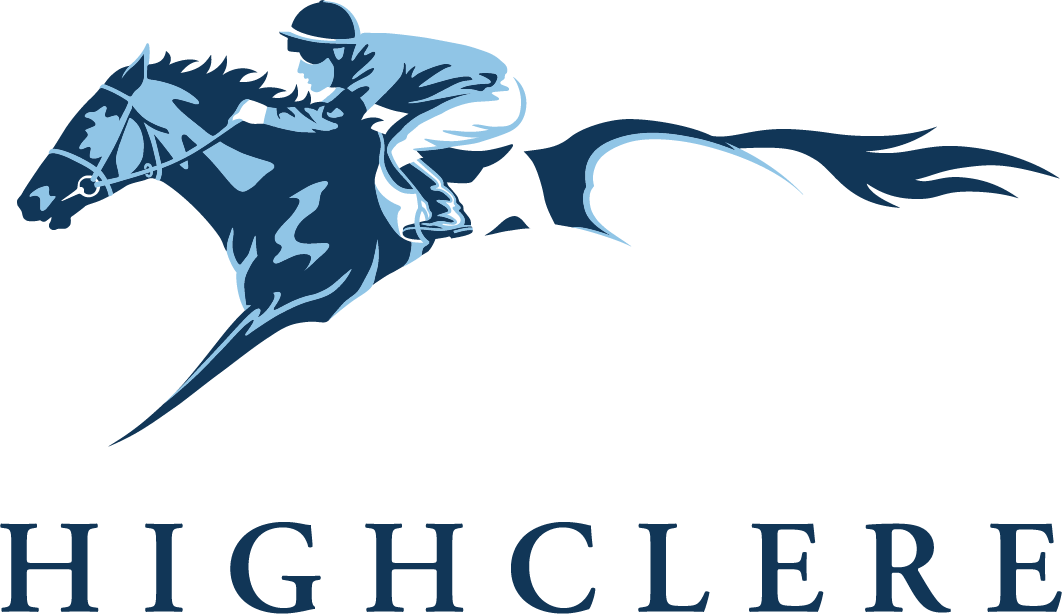

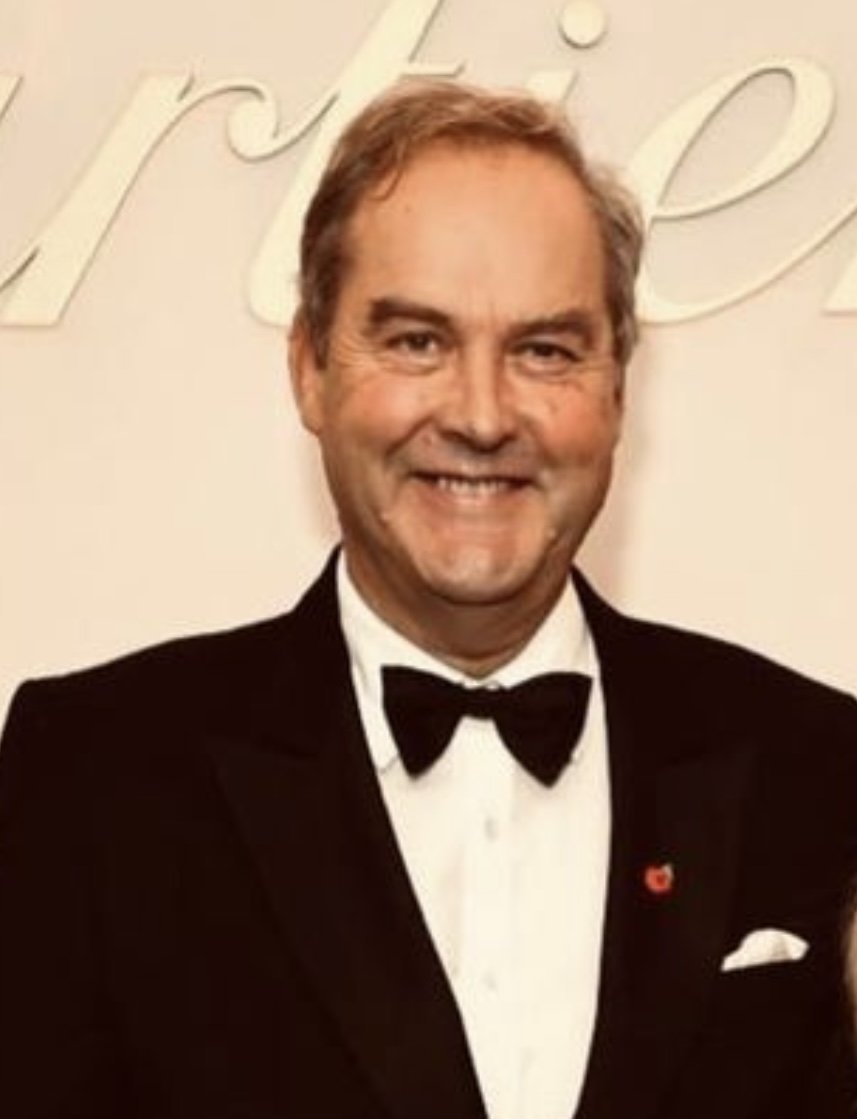

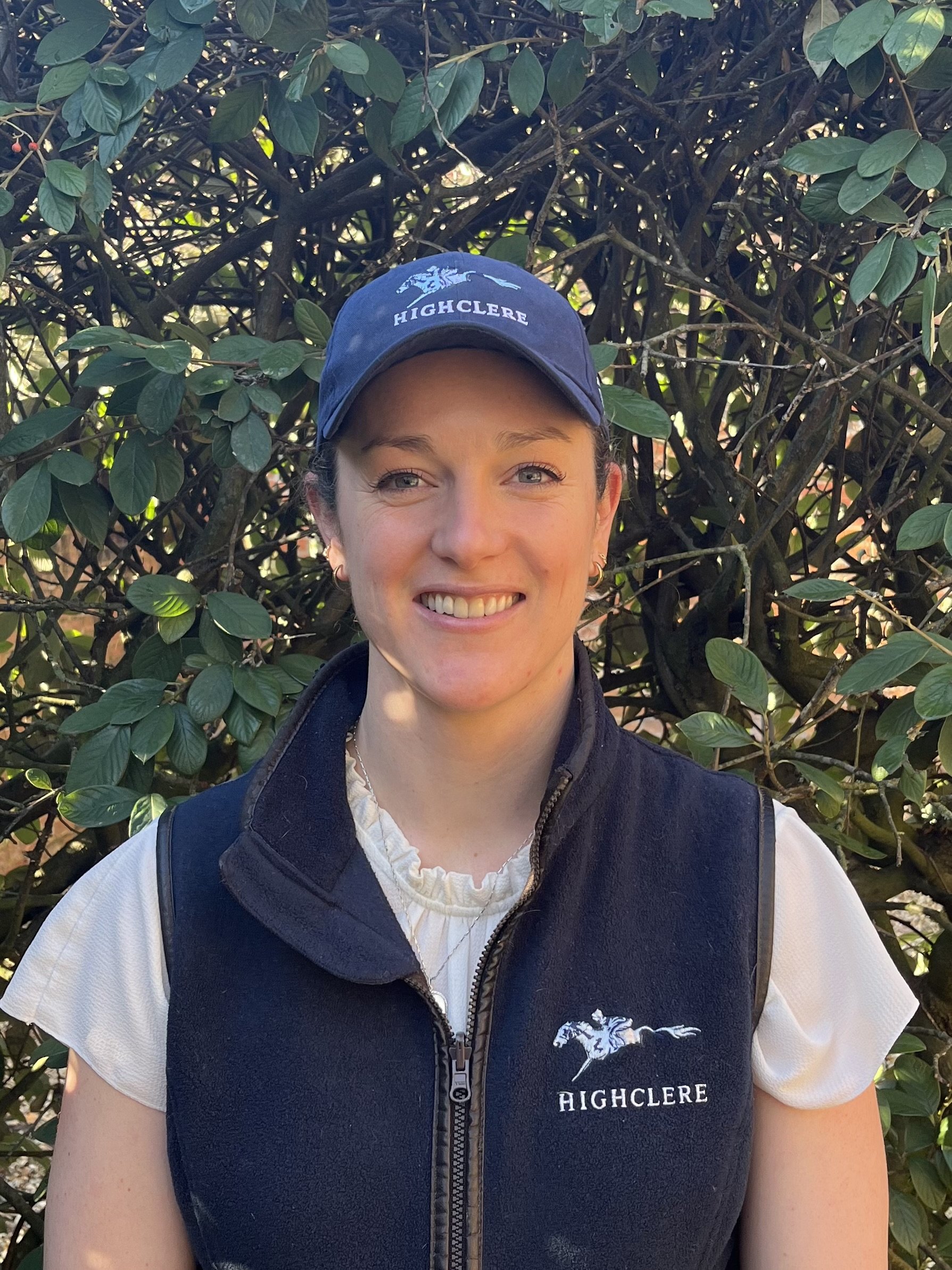

![Zabeel Prince[2].jpg](https://images.squarespace-cdn.com/content/v1/61f12359c76c4c234ba9a355/1673961786184-7BN0LBGT9P9BQNEPLUCW/Zabeel+Prince%5B2%5D.jpg)
![Mojo Star St Leger[98].jpg](https://images.squarespace-cdn.com/content/v1/61f12359c76c4c234ba9a355/1673961984833-C3AYZNYQ13XWT1XCPRQ8/Mojo+Star+St+Leger%5B98%5D.jpg)


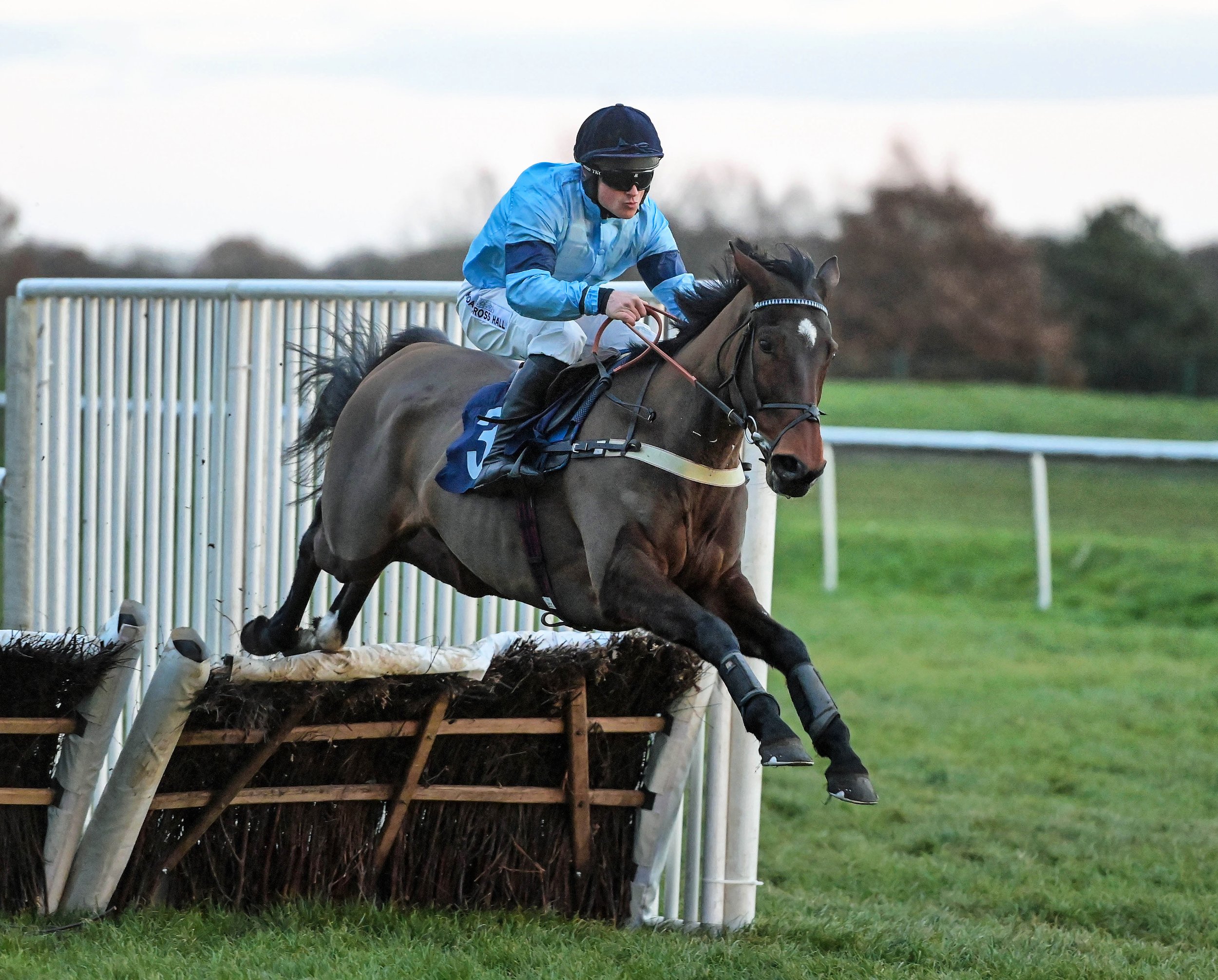
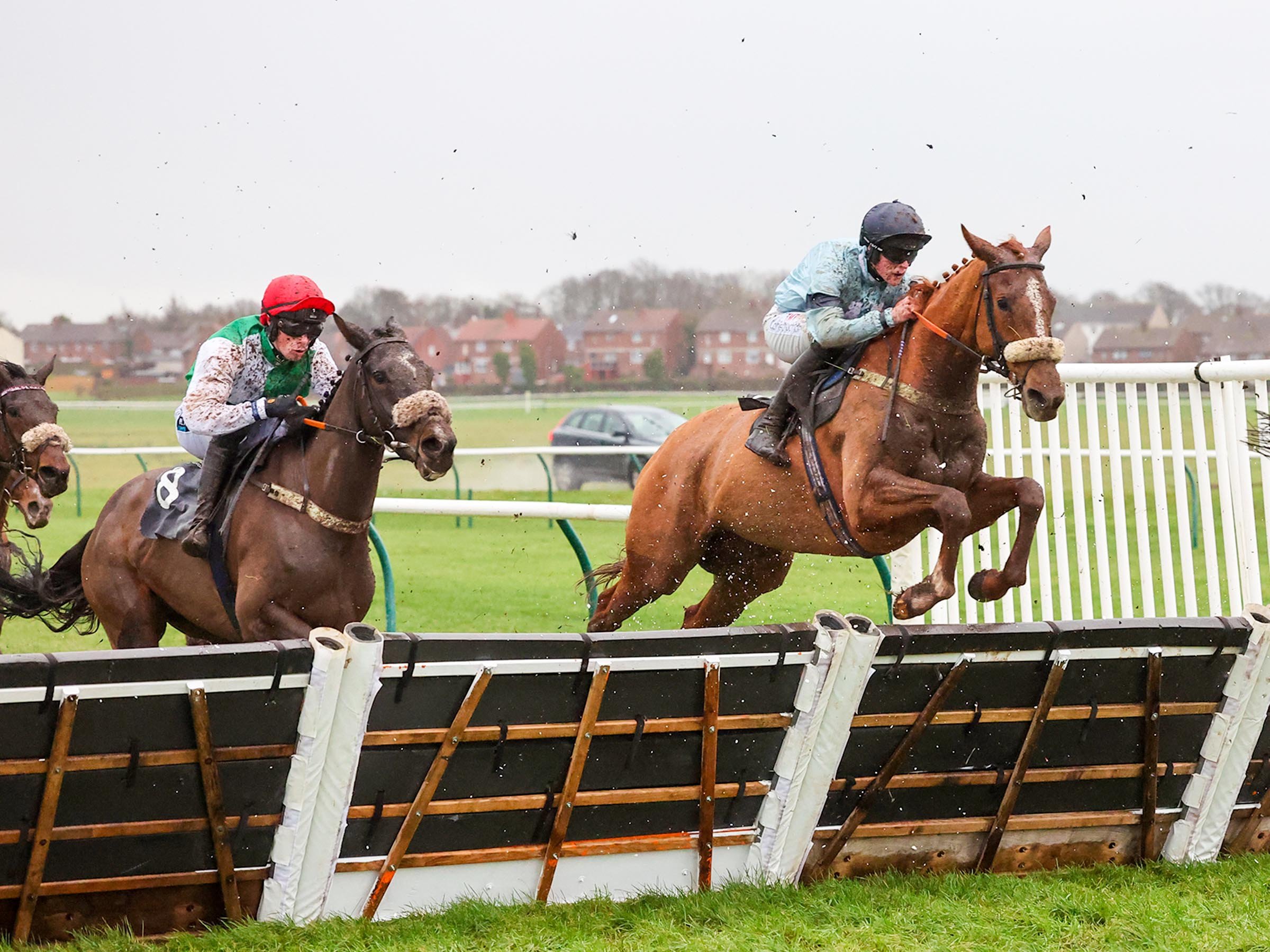
![HERETIC 006 NEWCASTLE[74].jpg](https://images.squarespace-cdn.com/content/v1/61f12359c76c4c234ba9a355/1674645178581-BFGZZLDQ59T00FXR7ZNS/HERETIC+006+NEWCASTLE%5B74%5D.jpg)
![Rolf[69].jpg](https://images.squarespace-cdn.com/content/v1/61f12359c76c4c234ba9a355/1671720372982-05Q1VND86OGEQX6N2E4W/Rolf%5B69%5D.jpg)




![Royal Patronage 11[38].jpg](https://images.squarespace-cdn.com/content/v1/61f12359c76c4c234ba9a355/1674663684022-S4BFH0BWO6U5R4DZYNP2/Royal+Patronage+11%5B38%5D.jpg)

